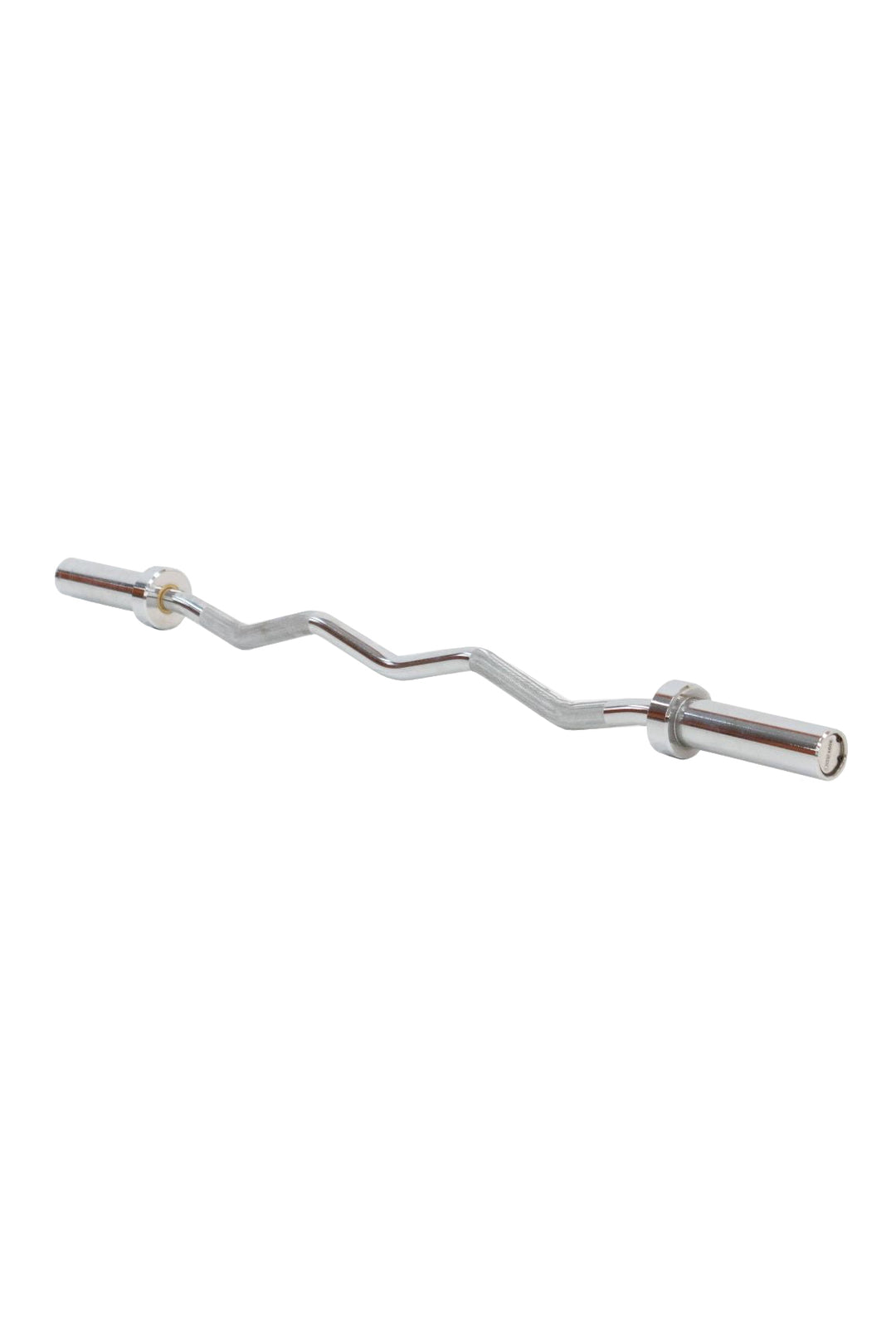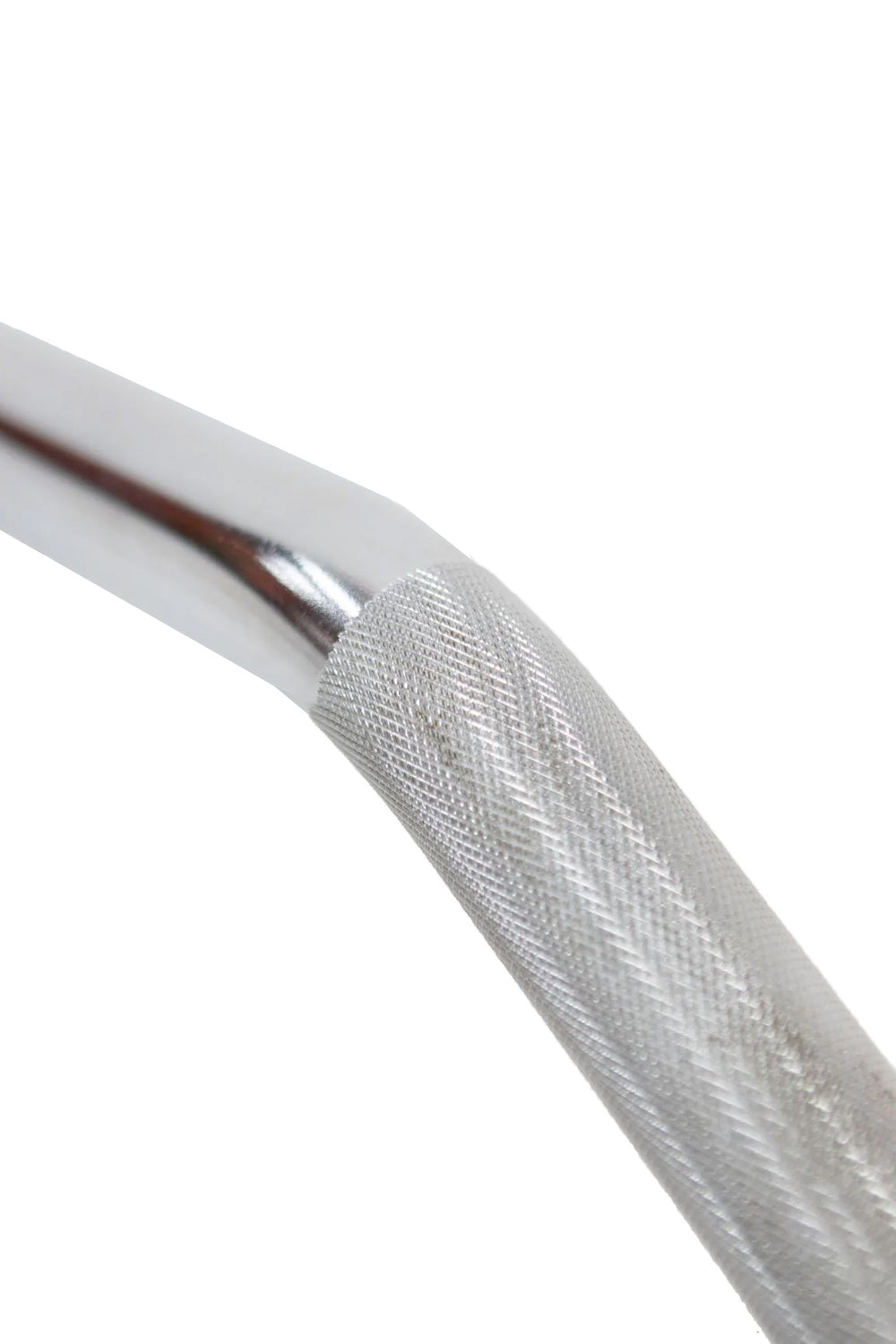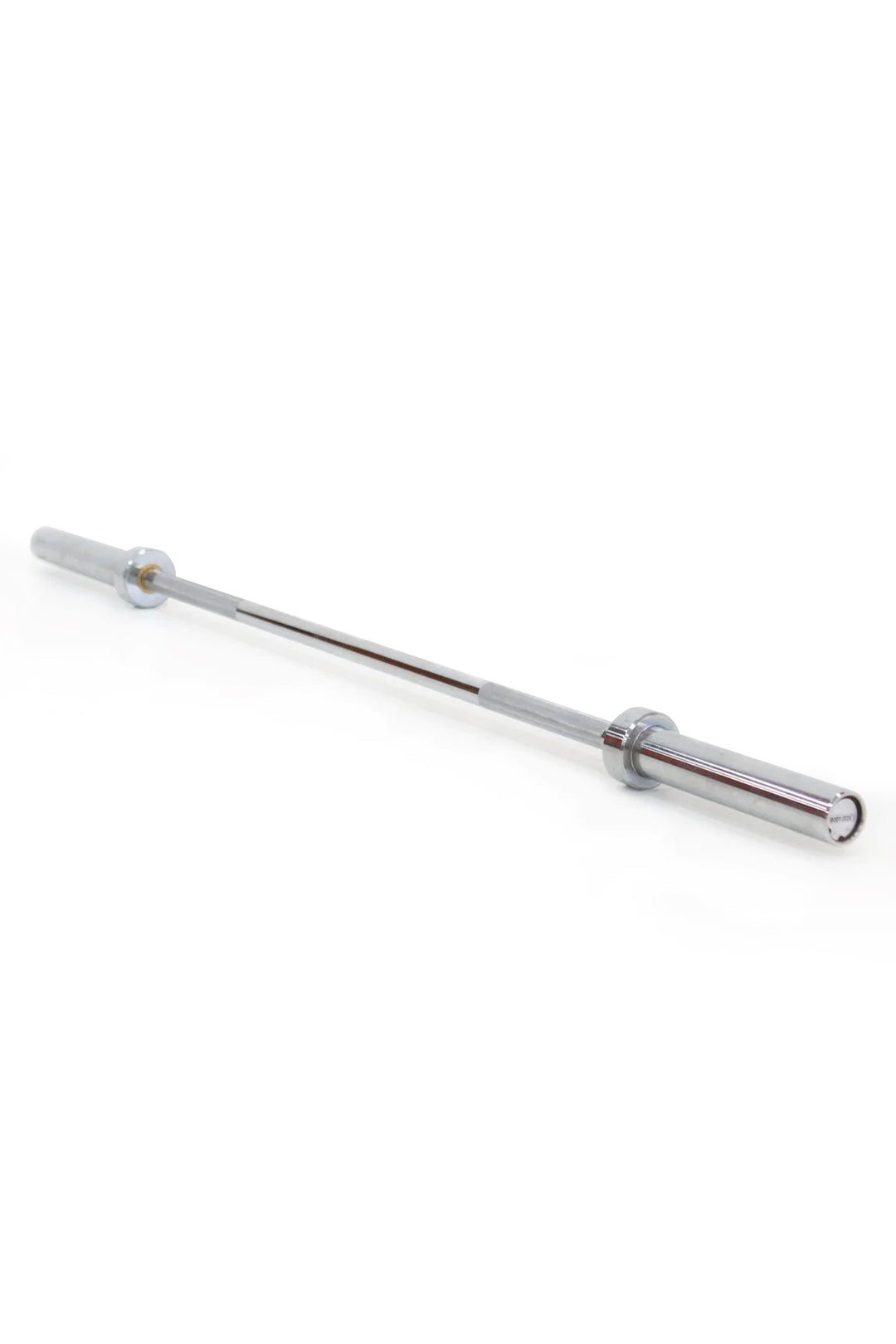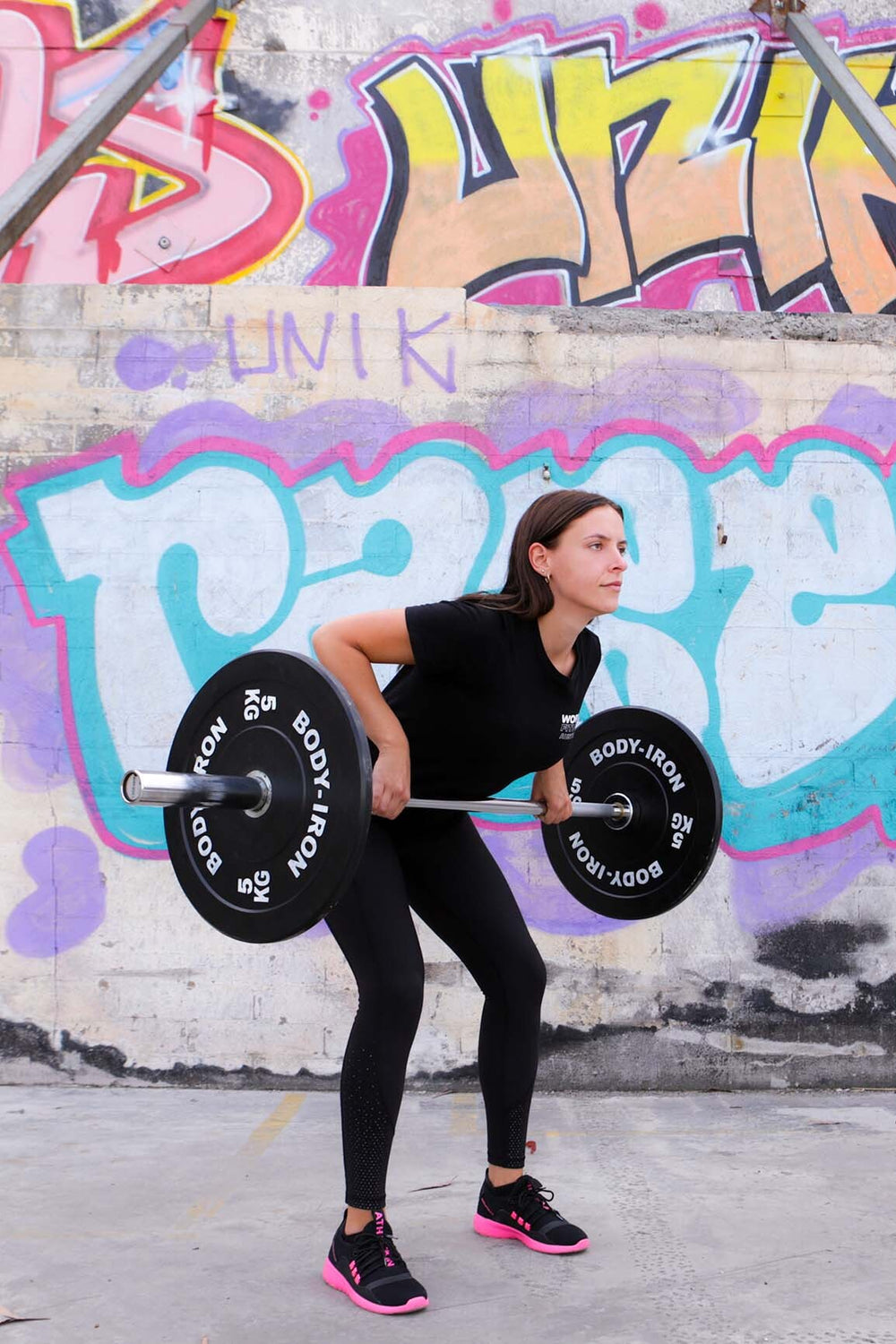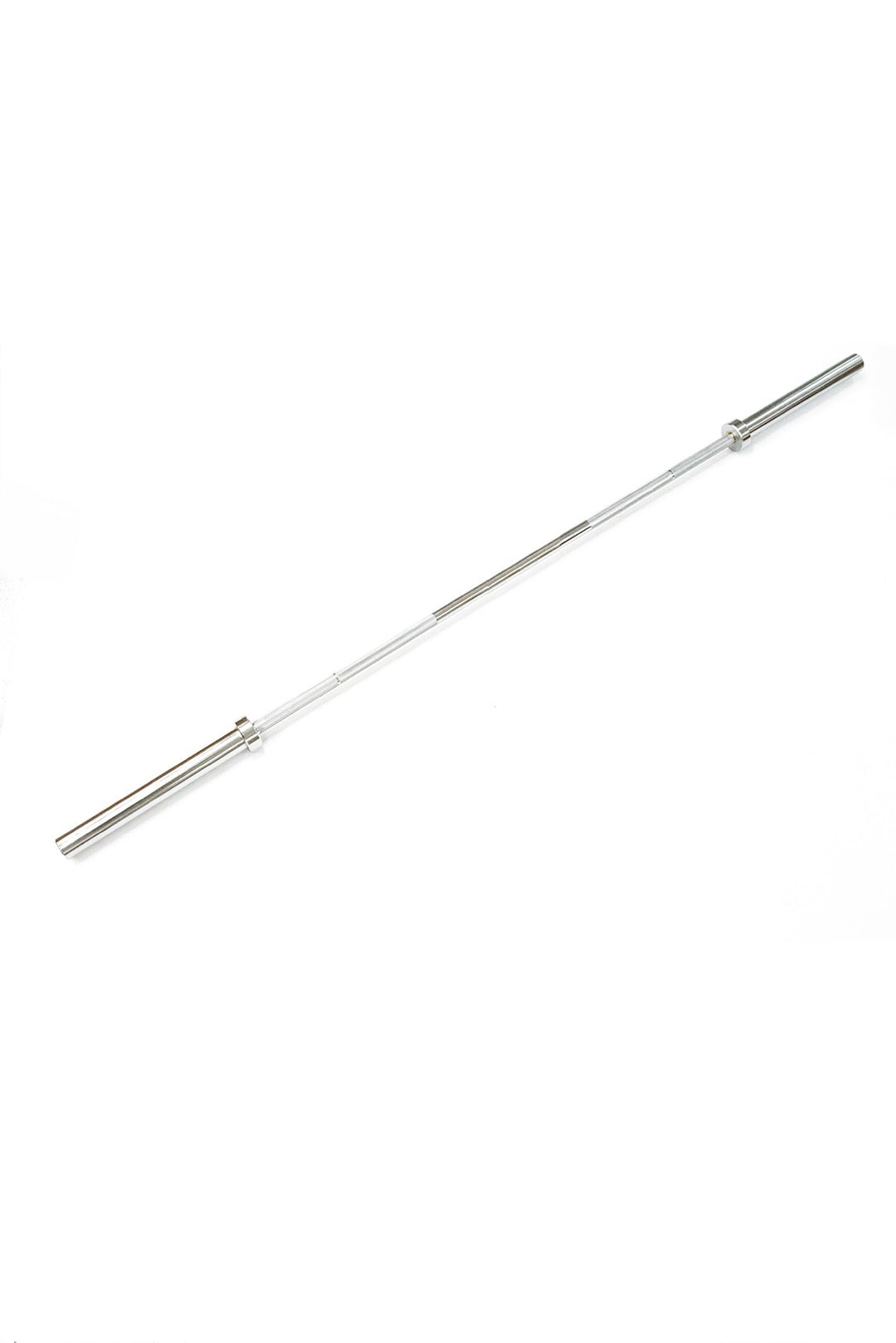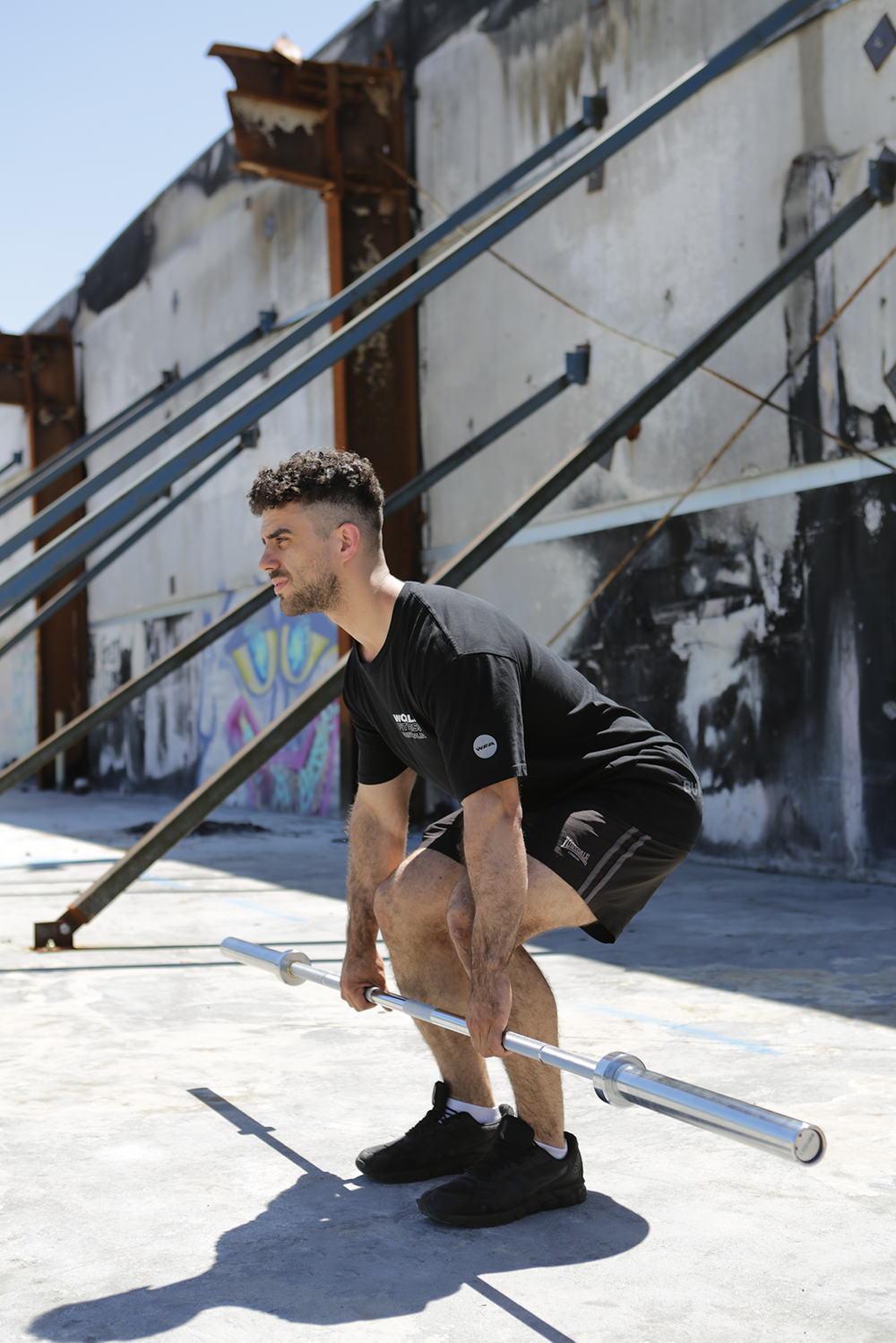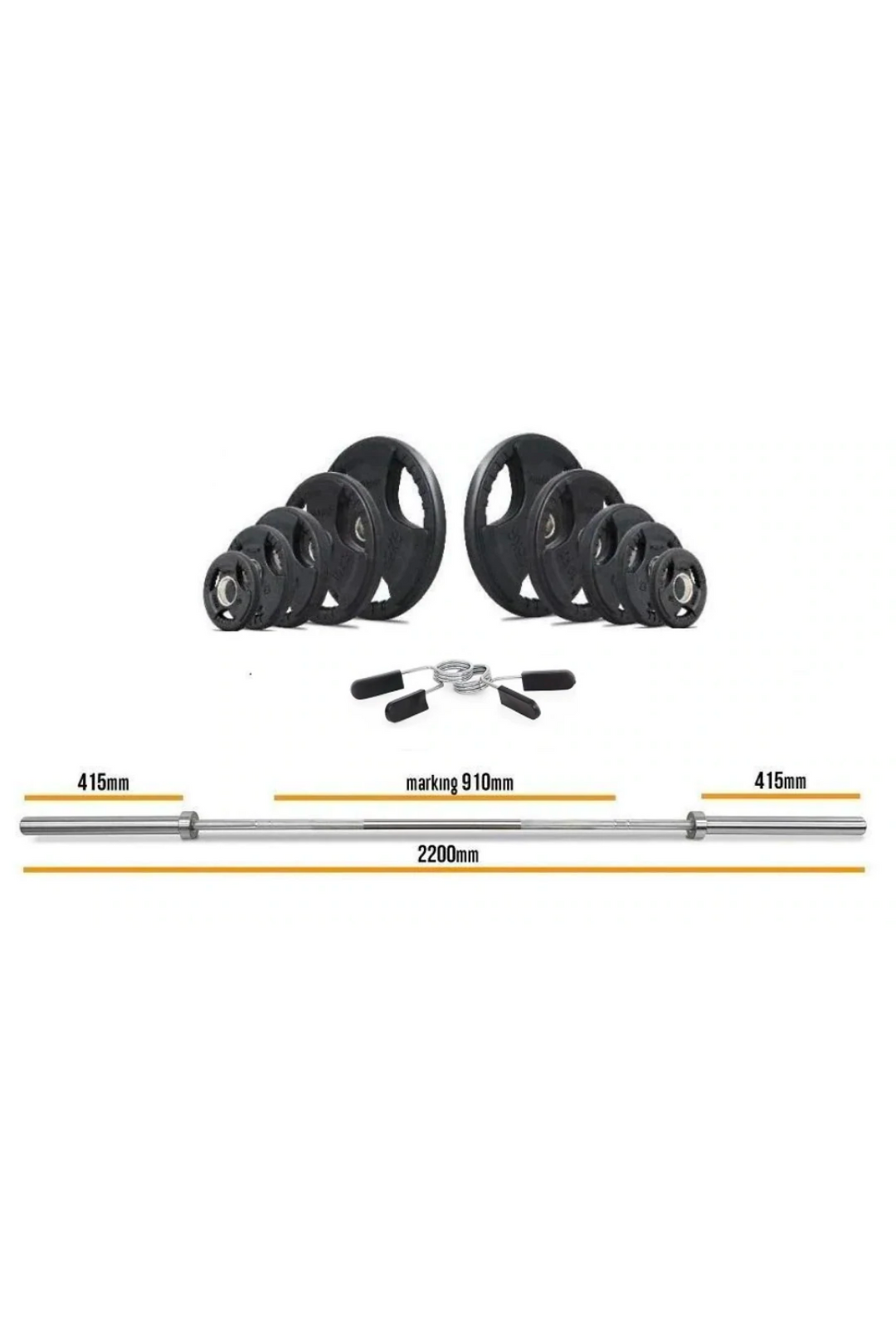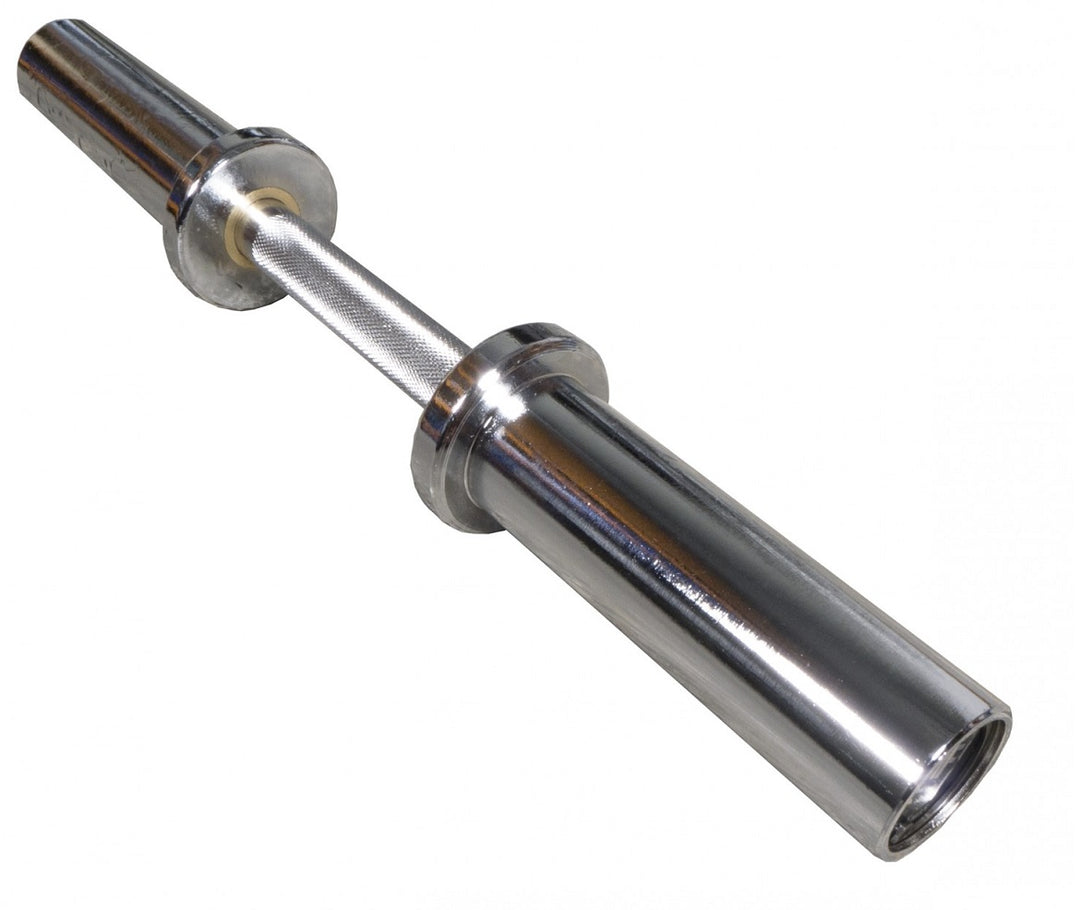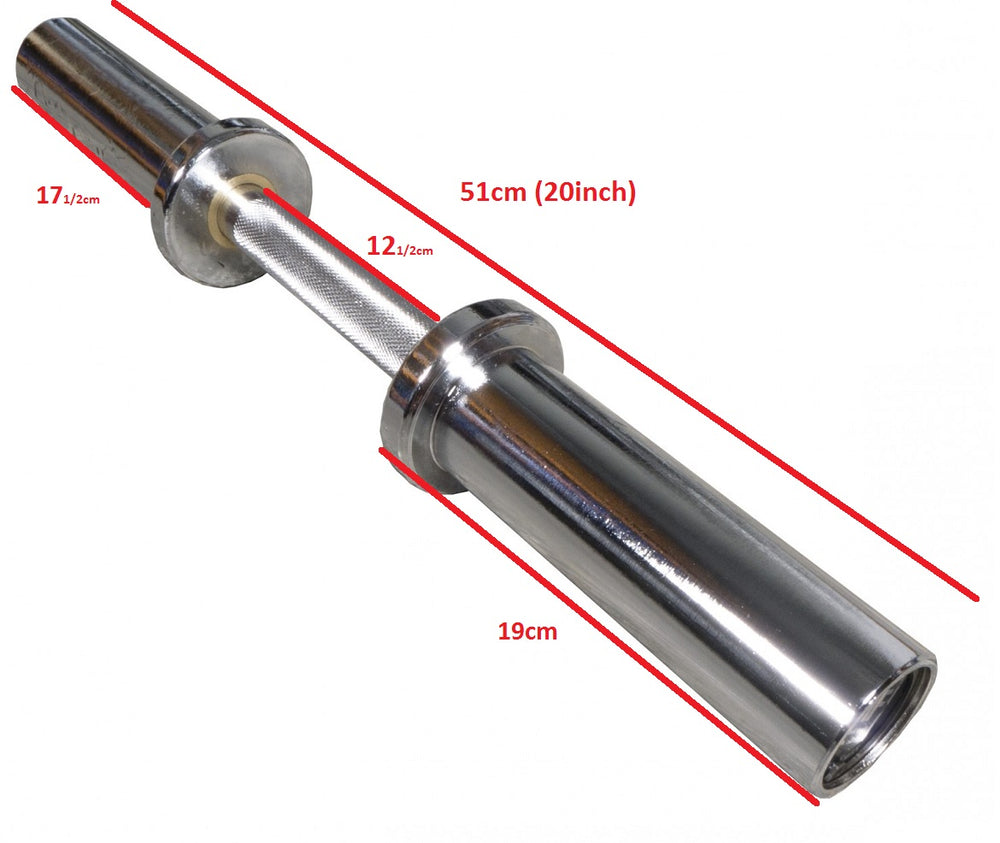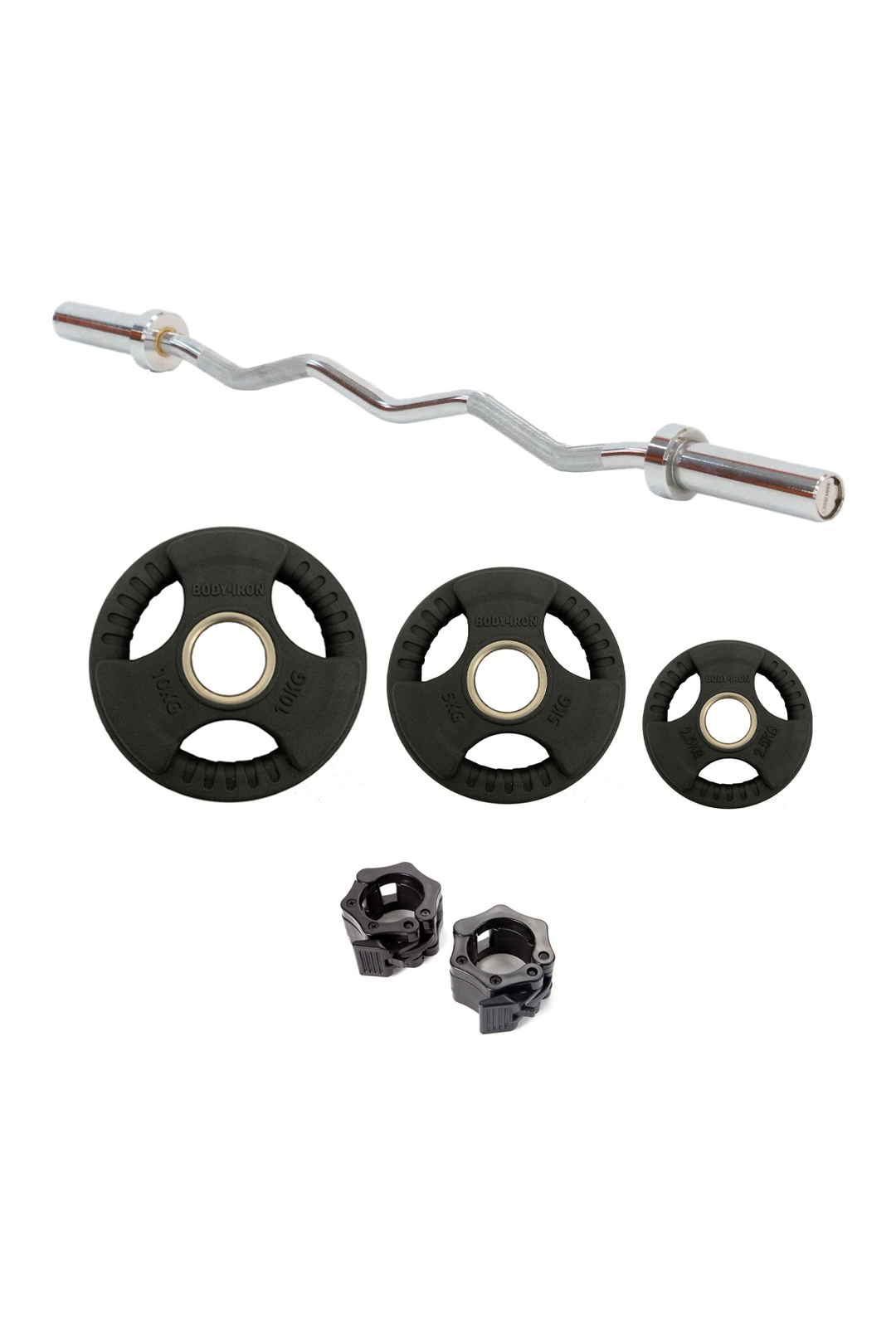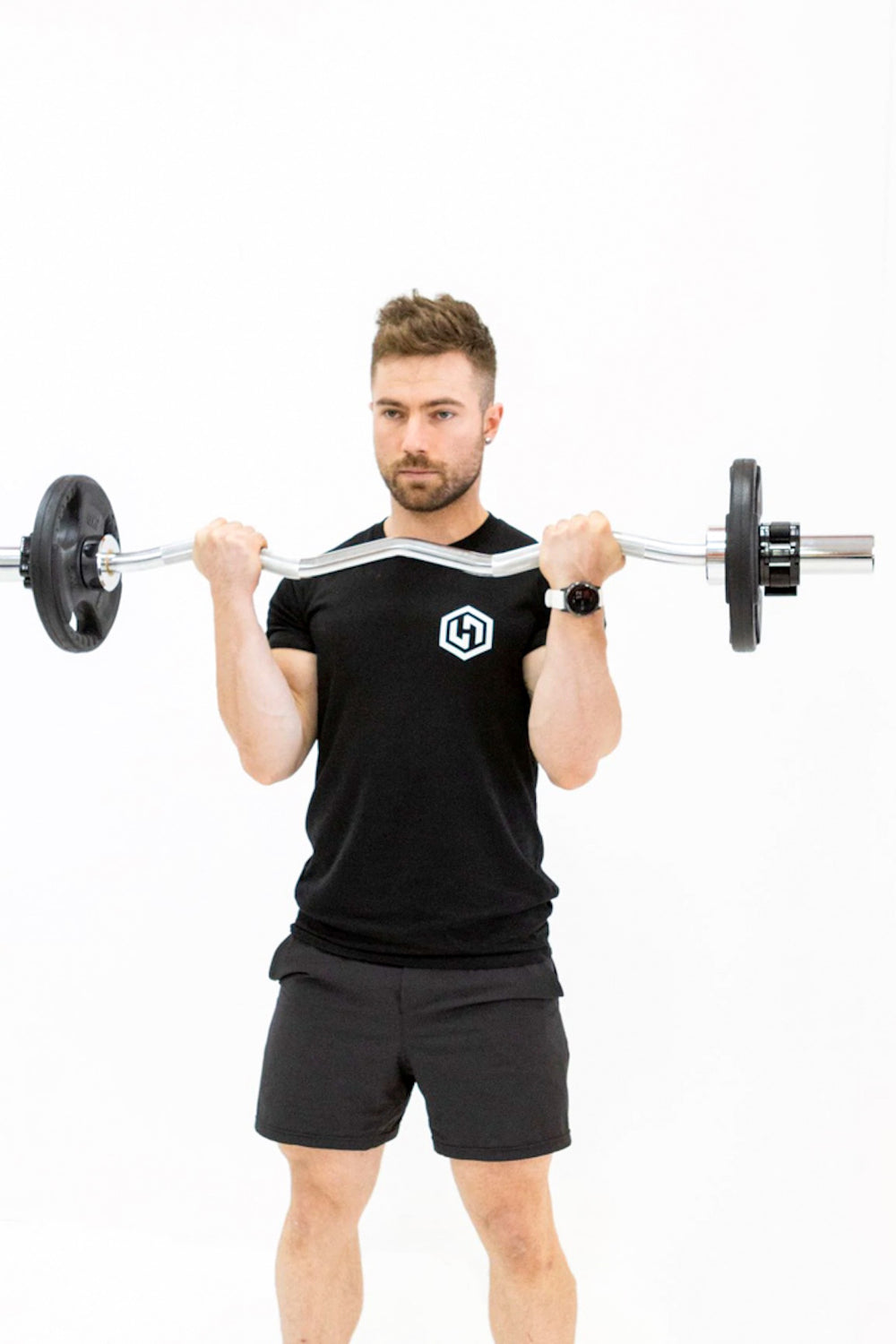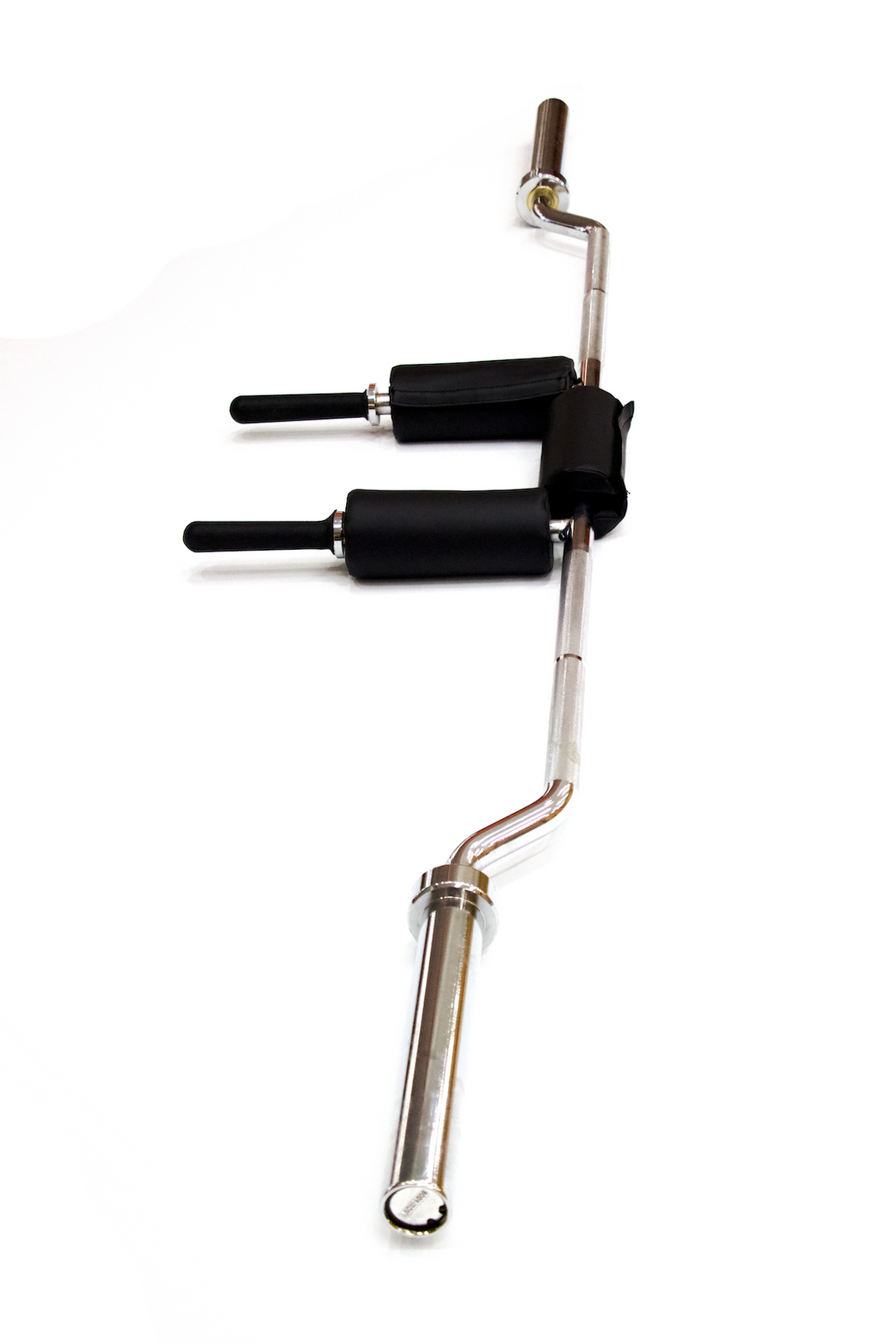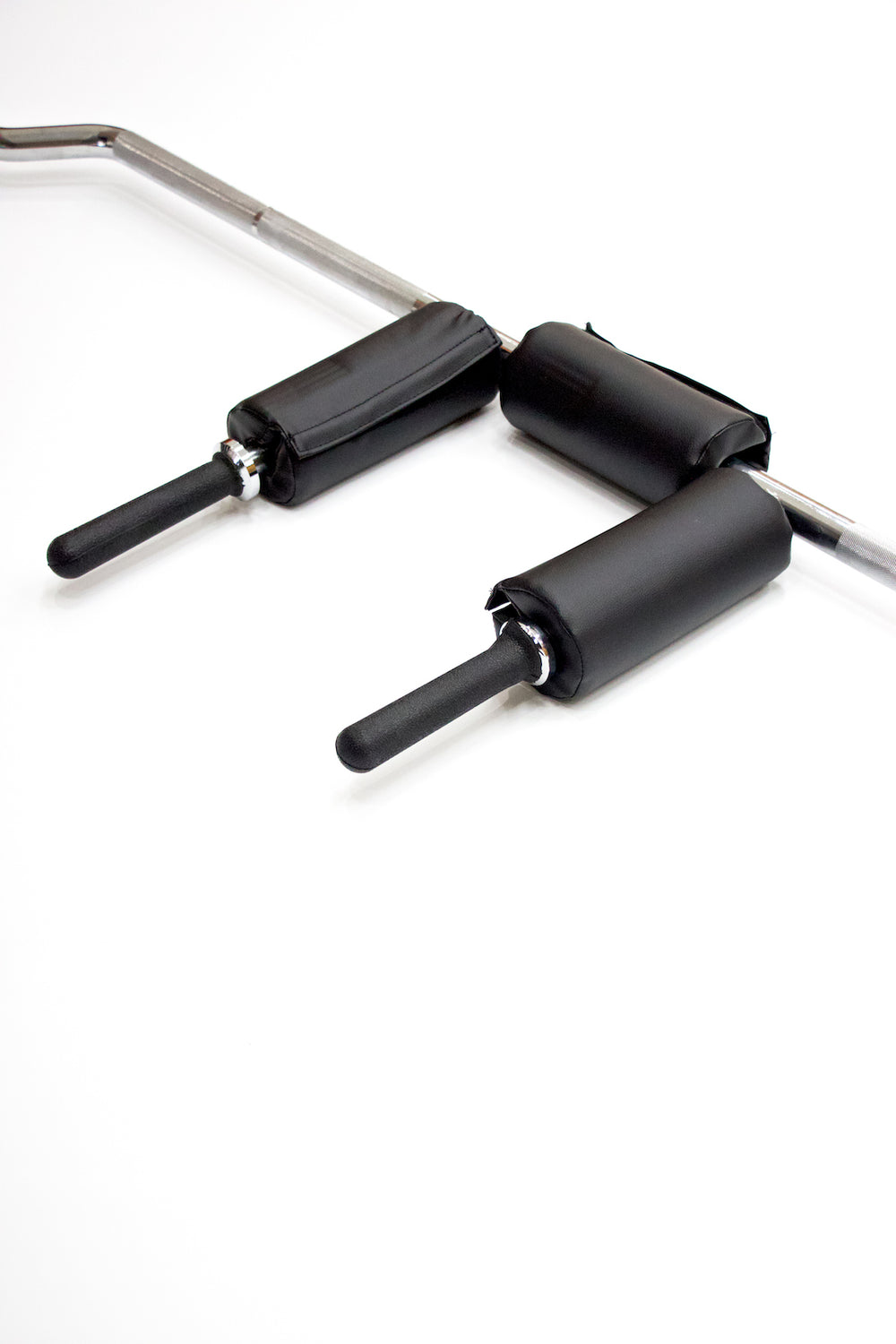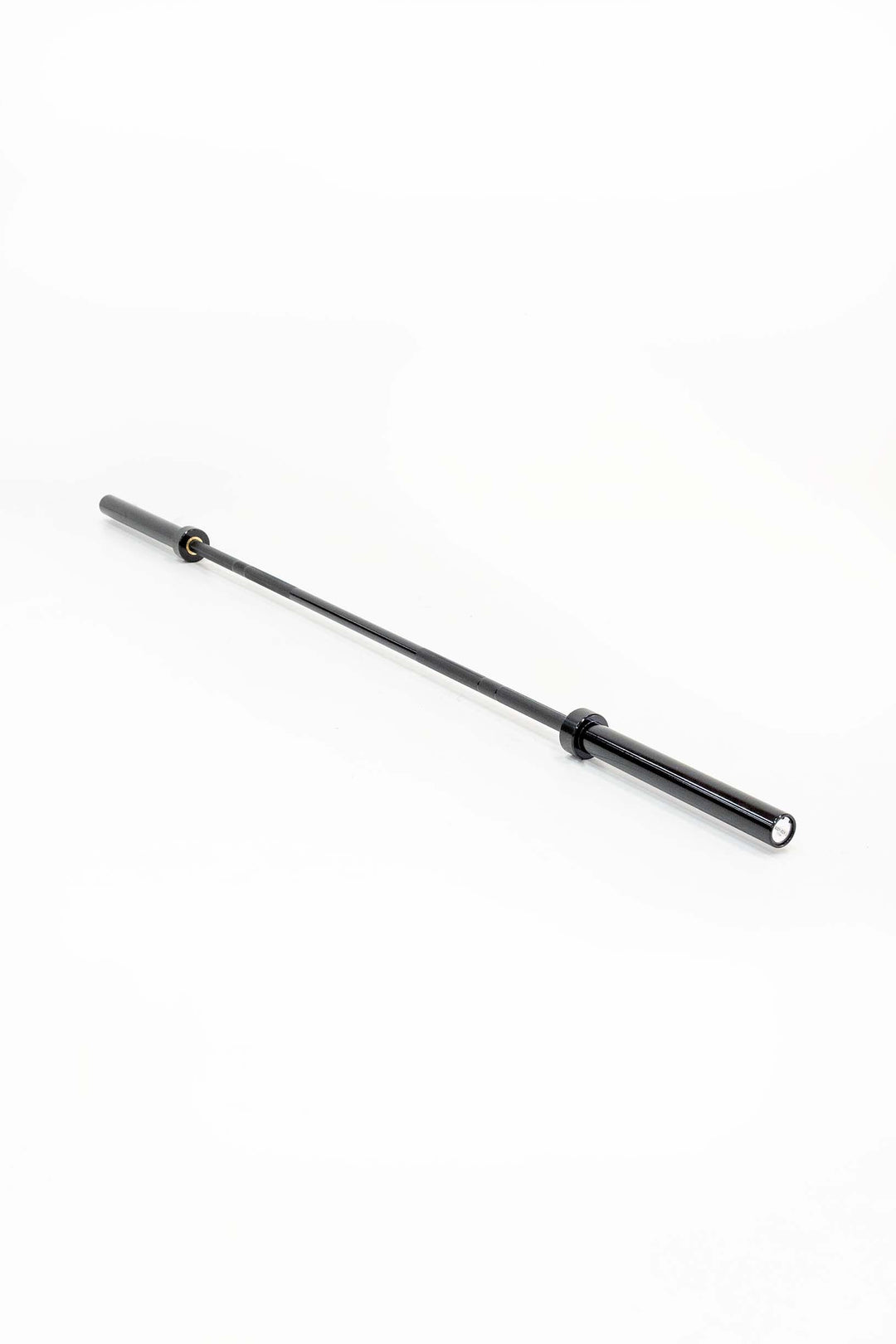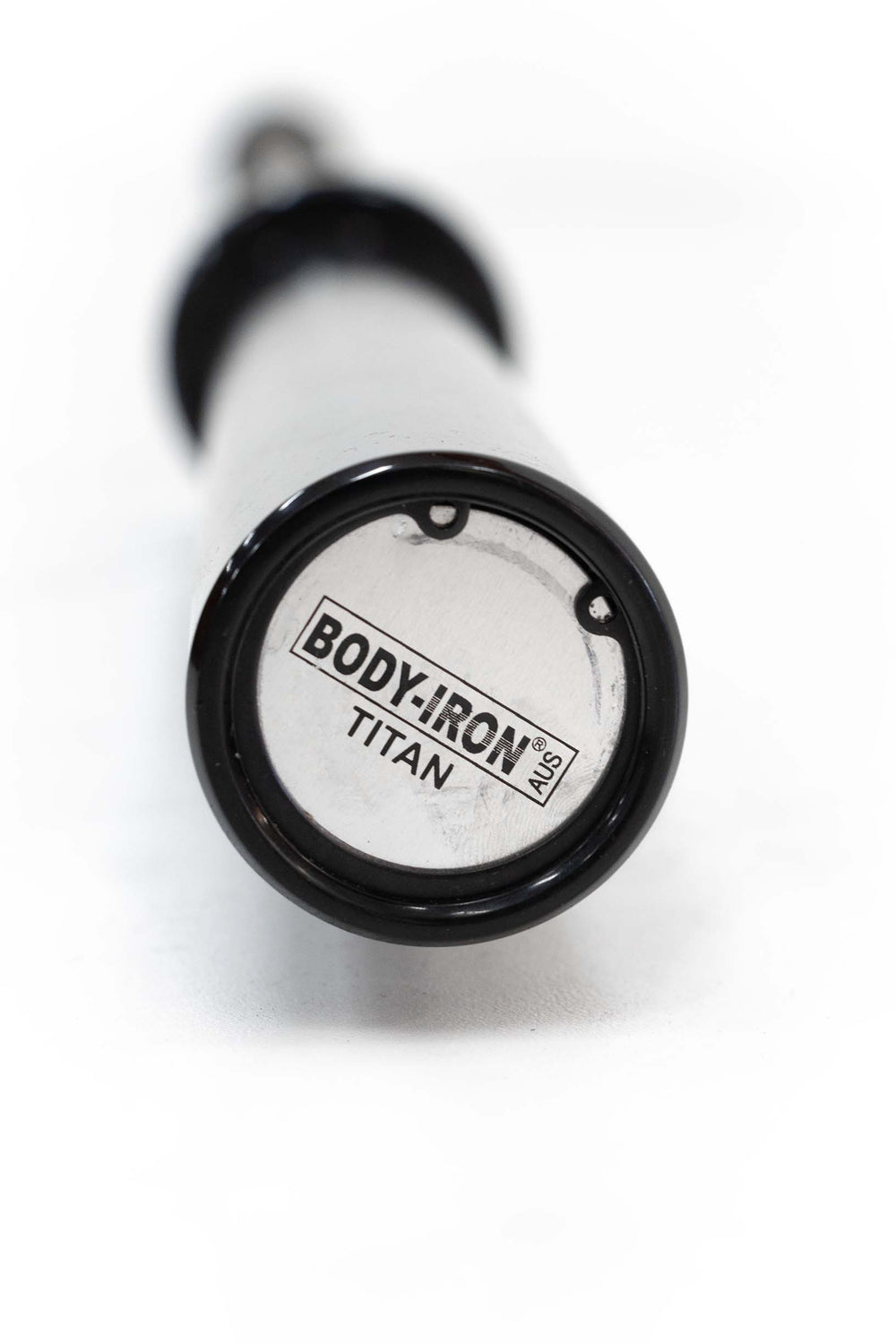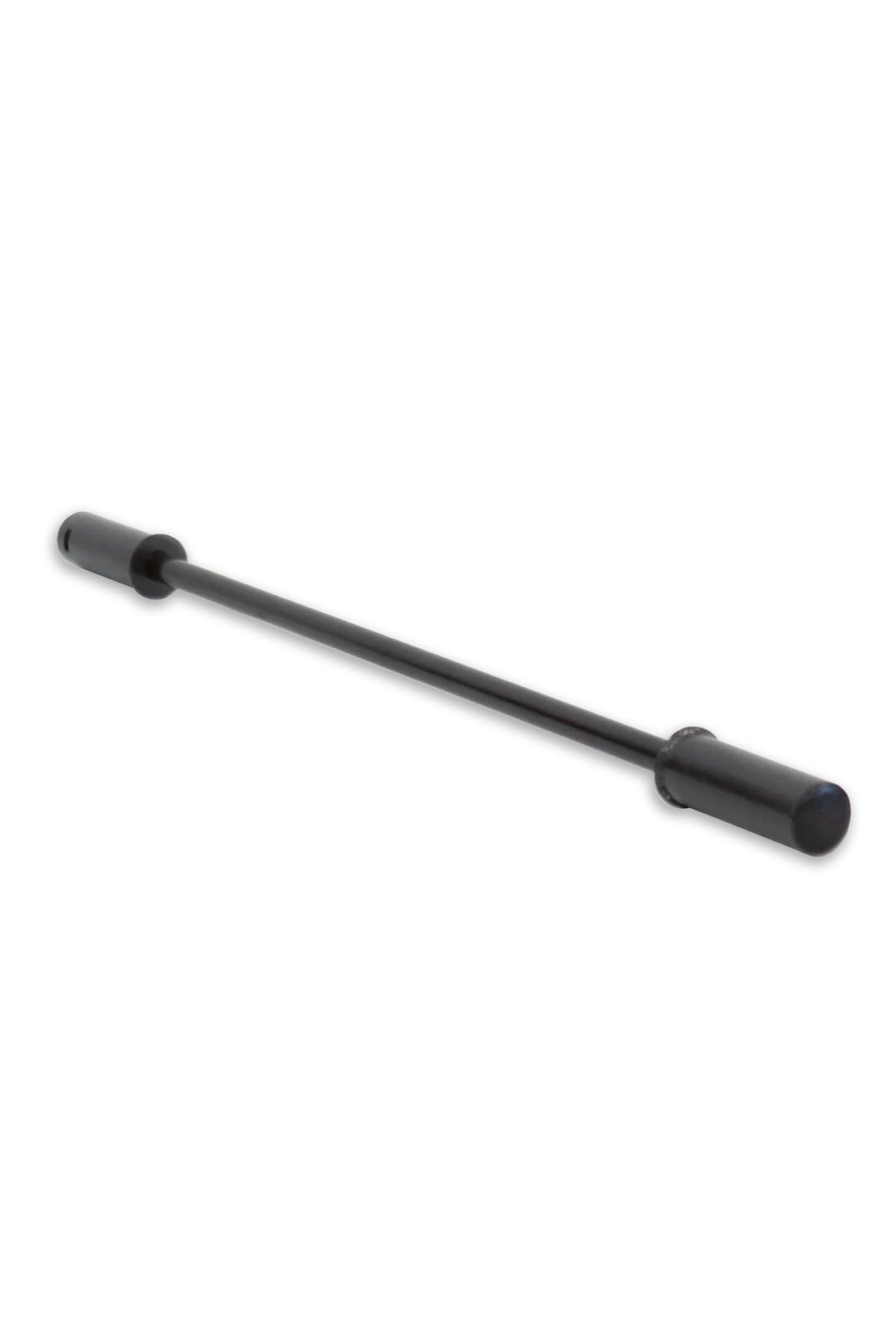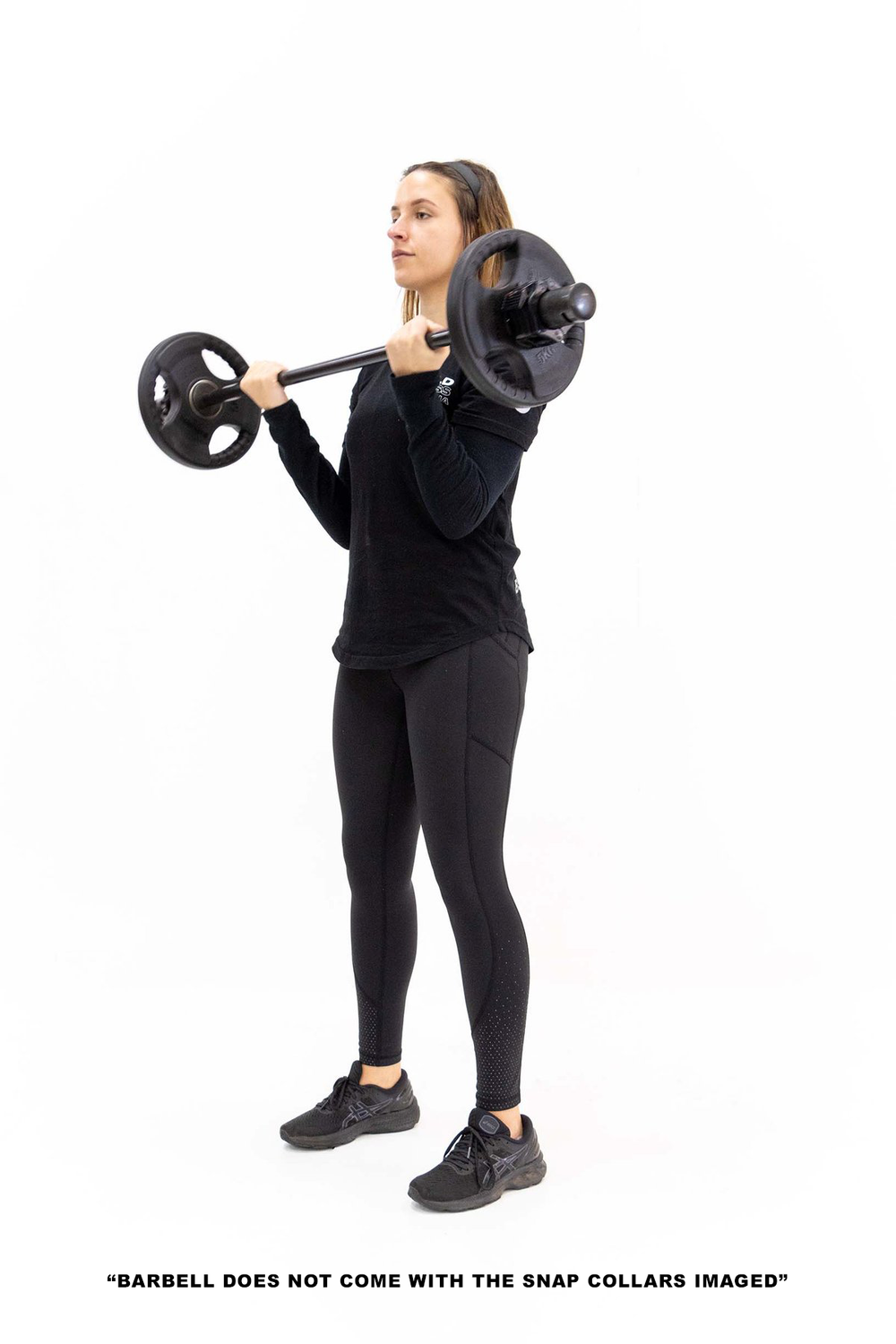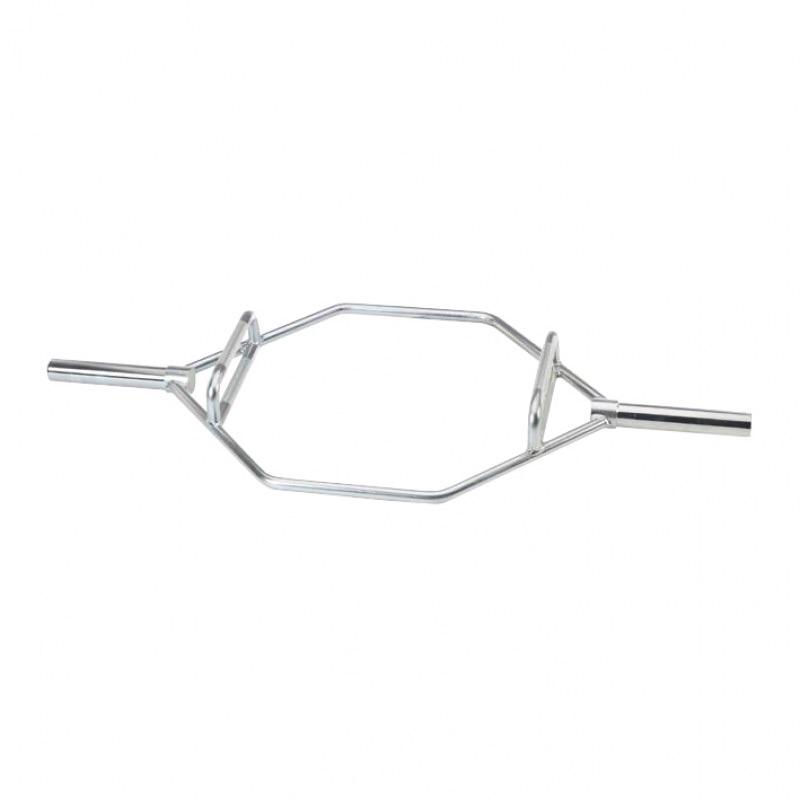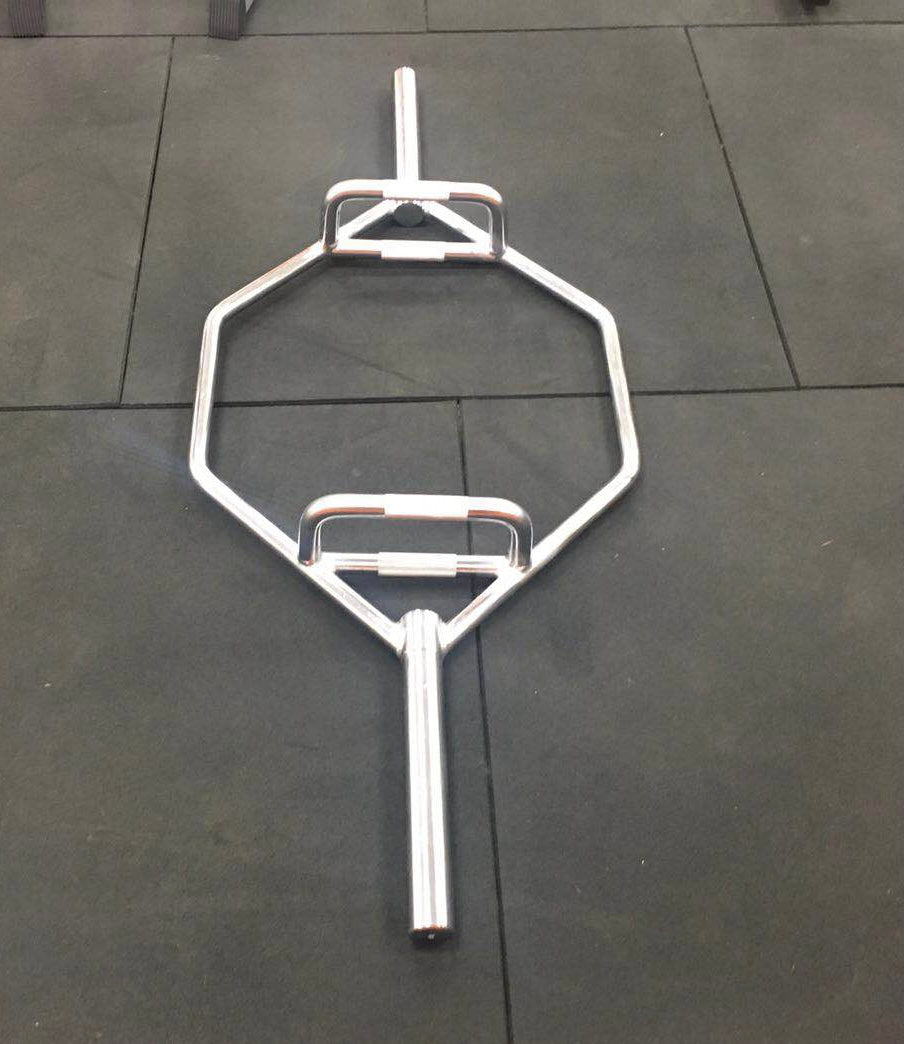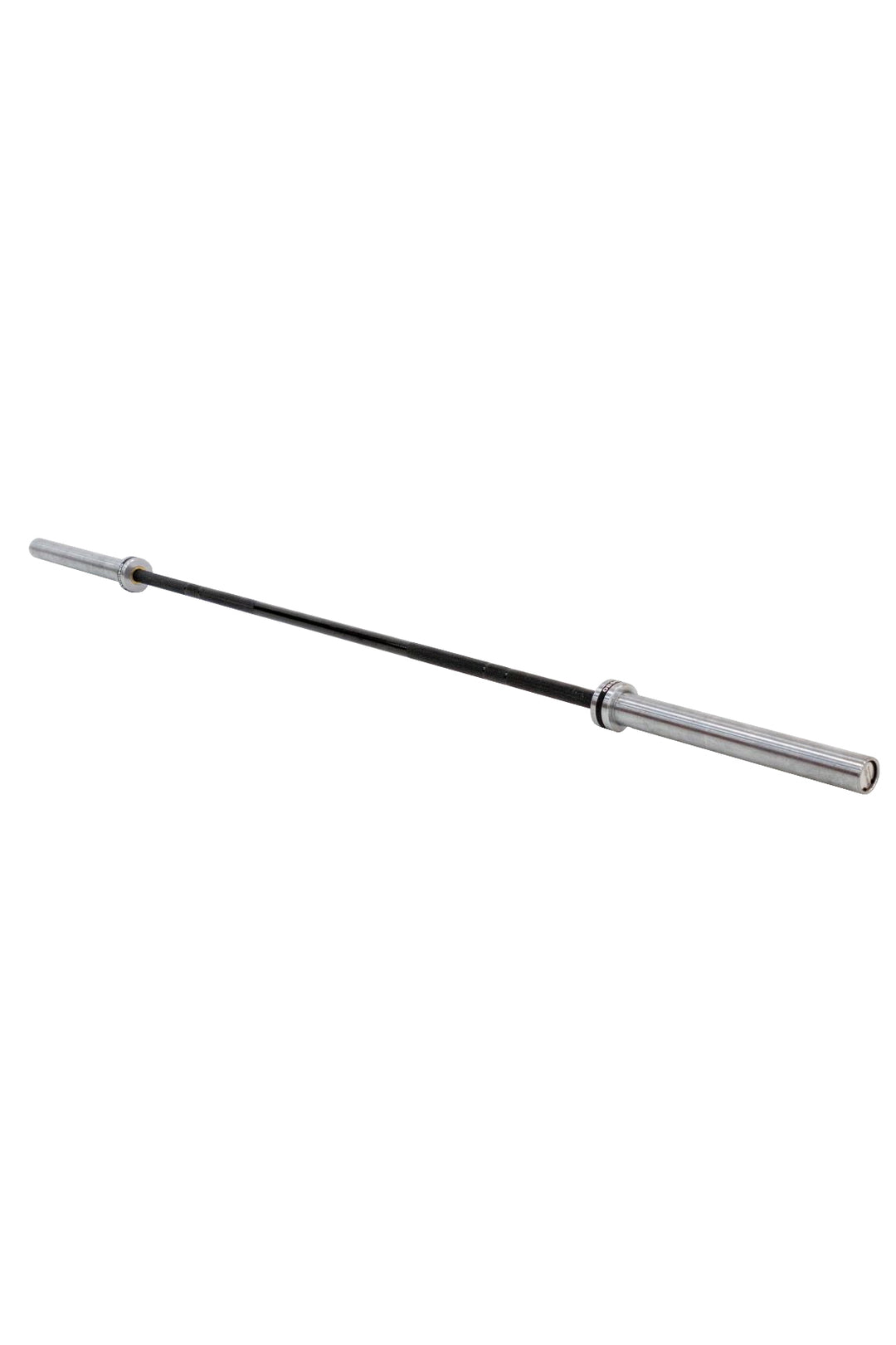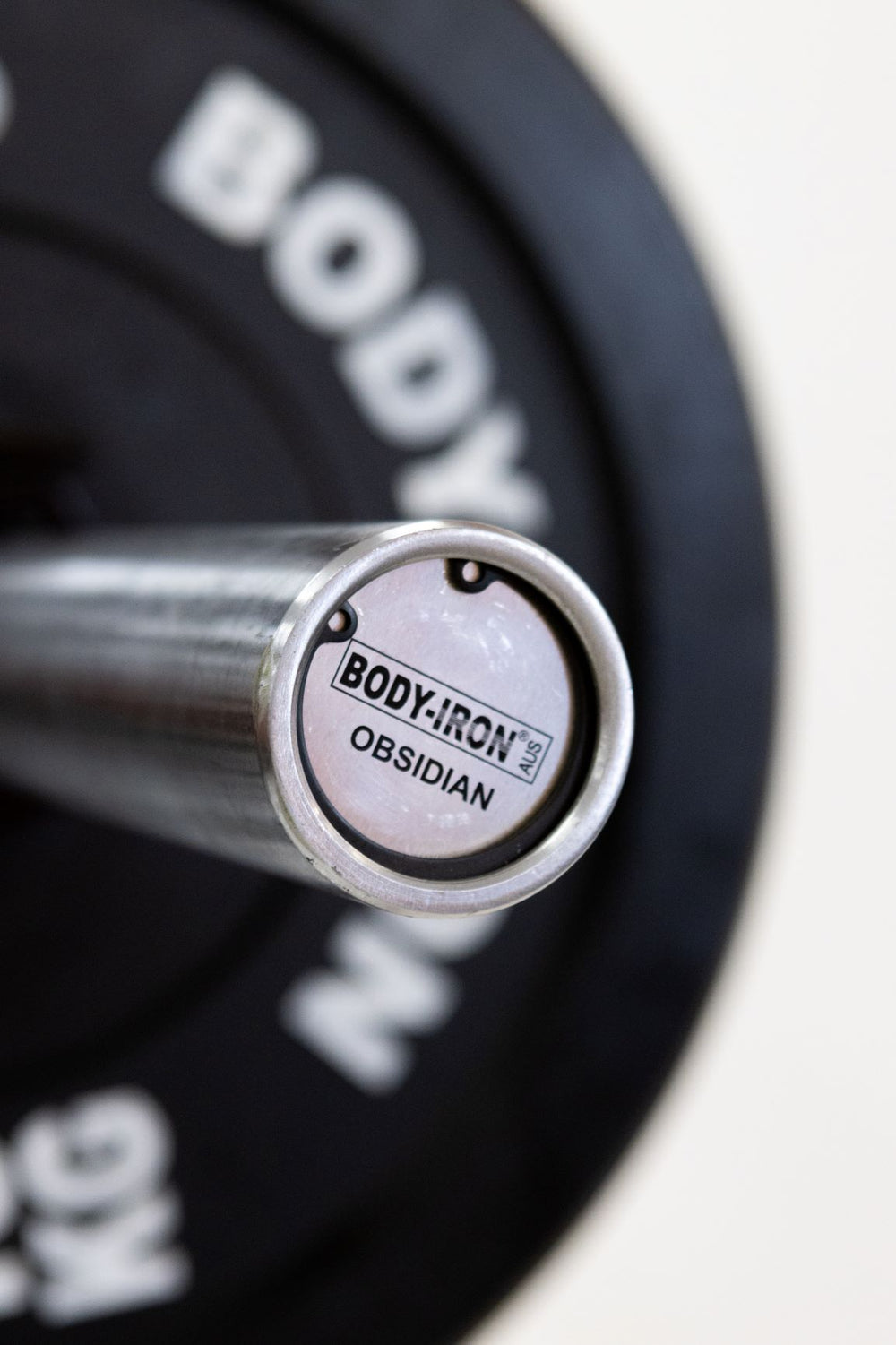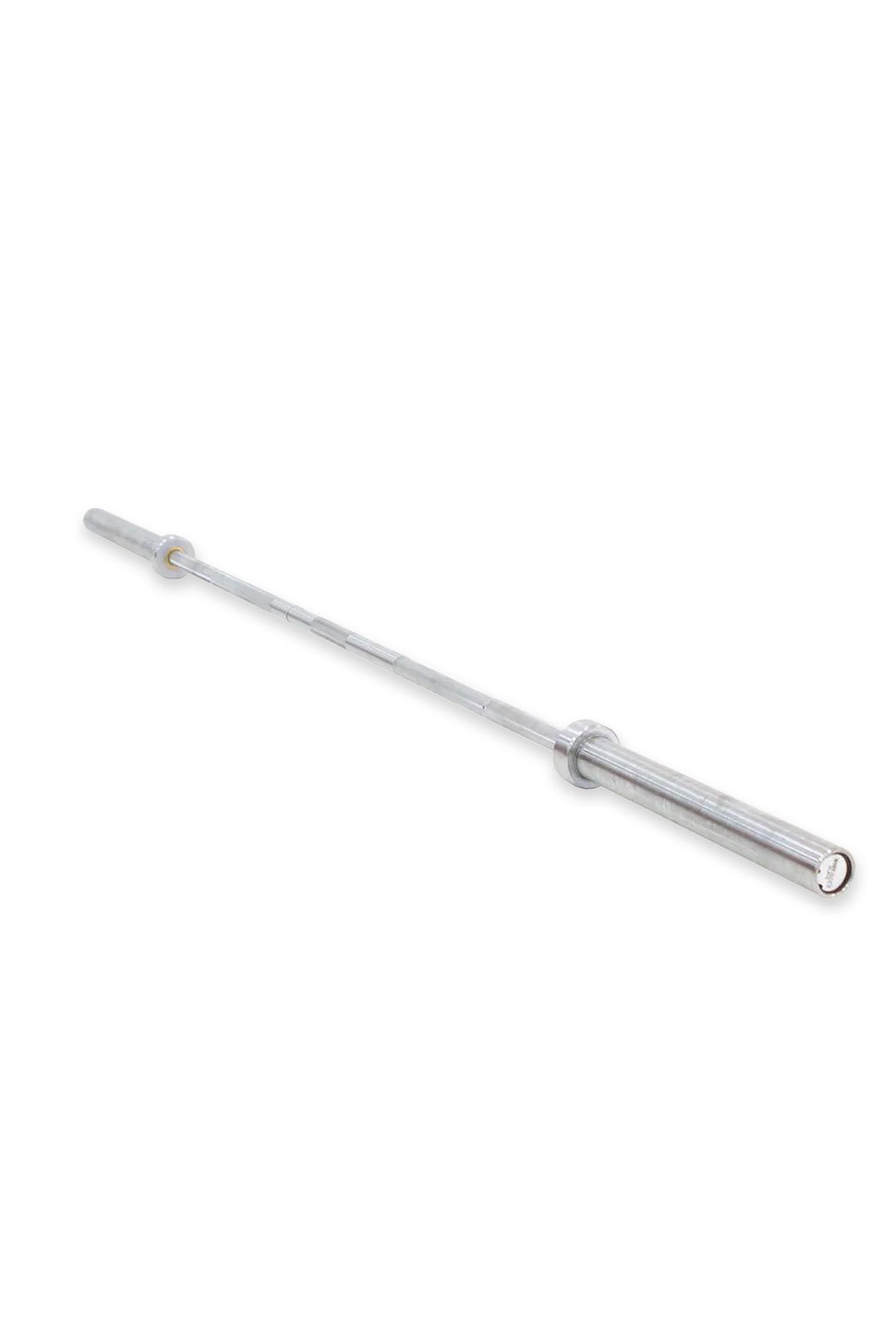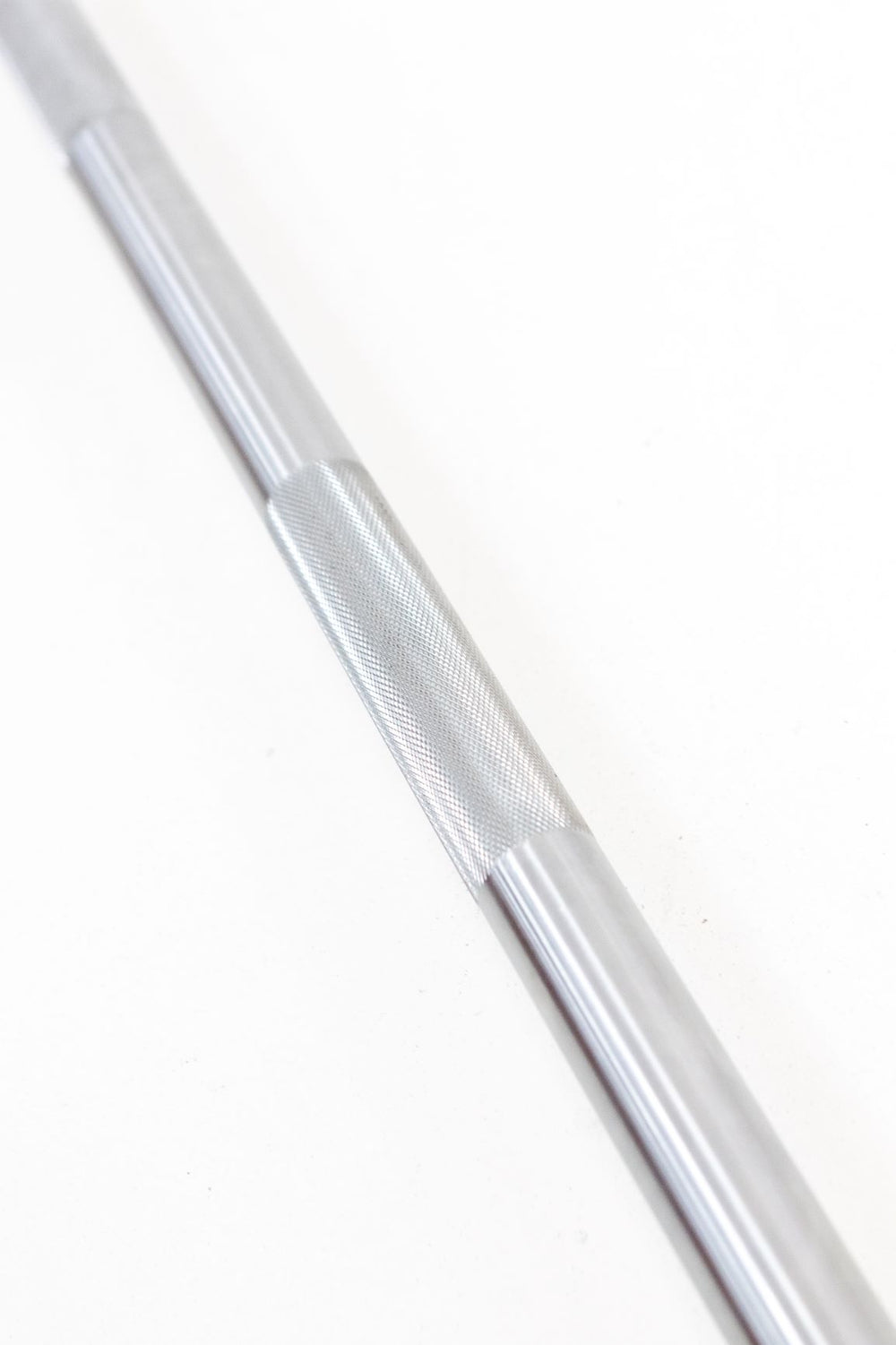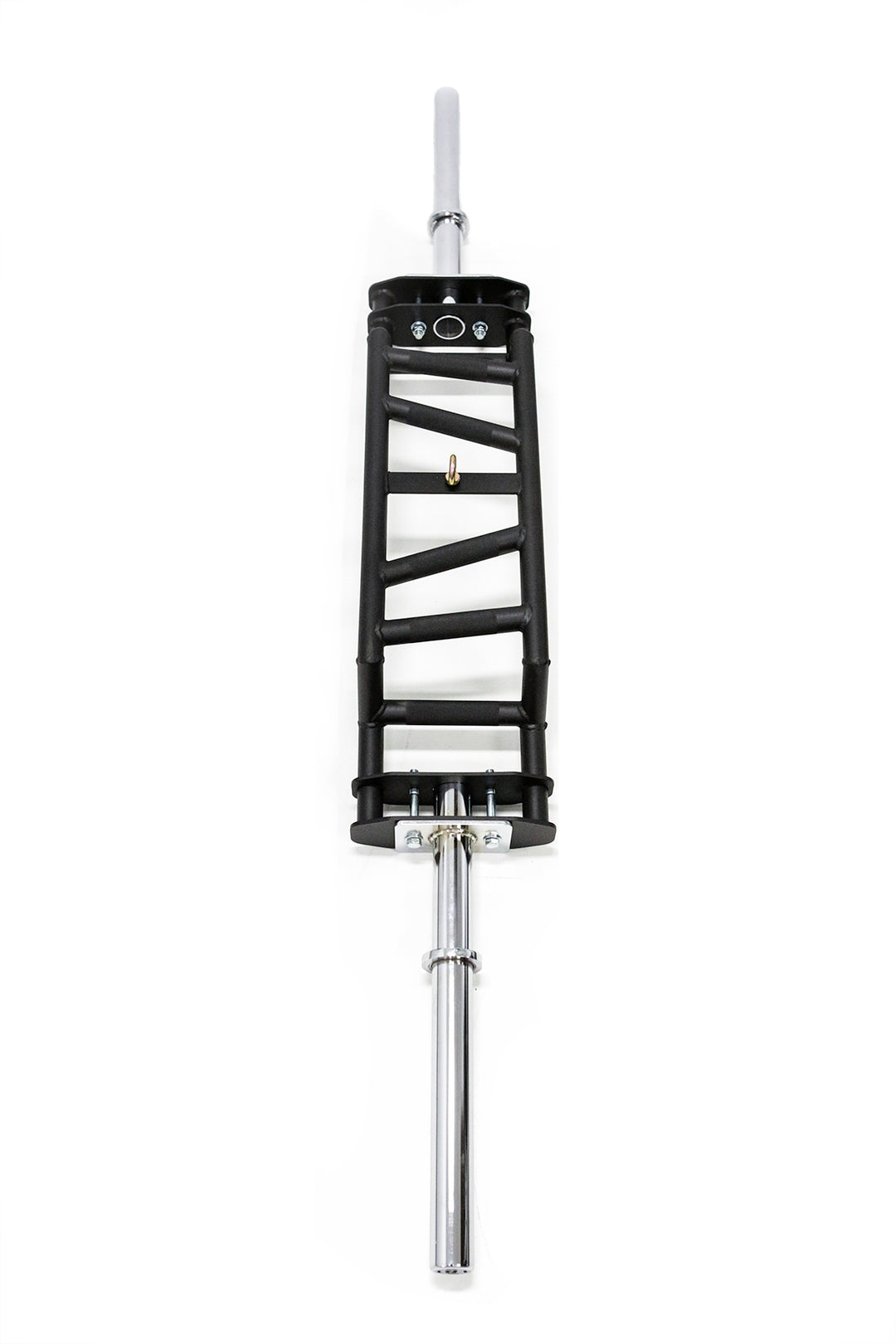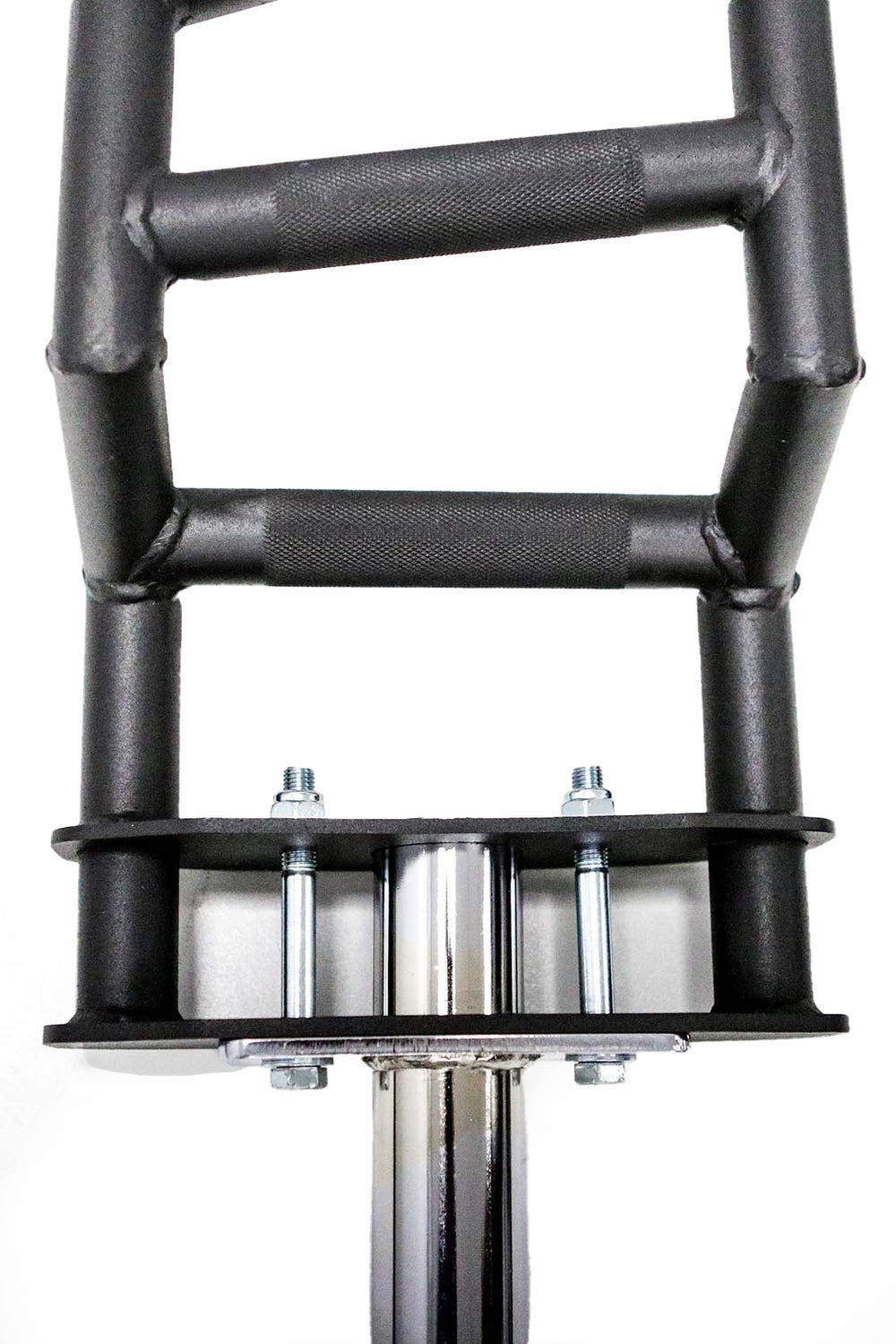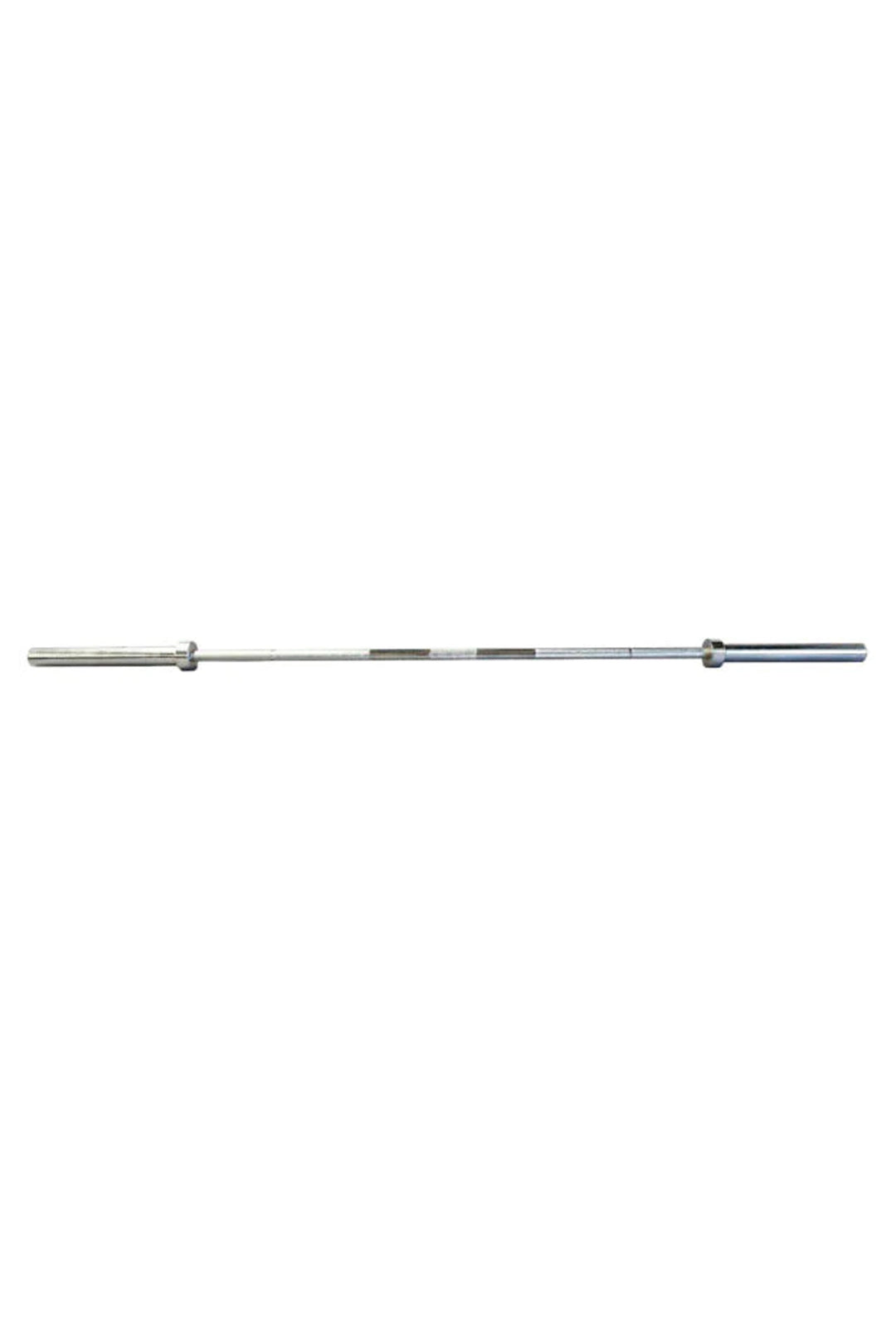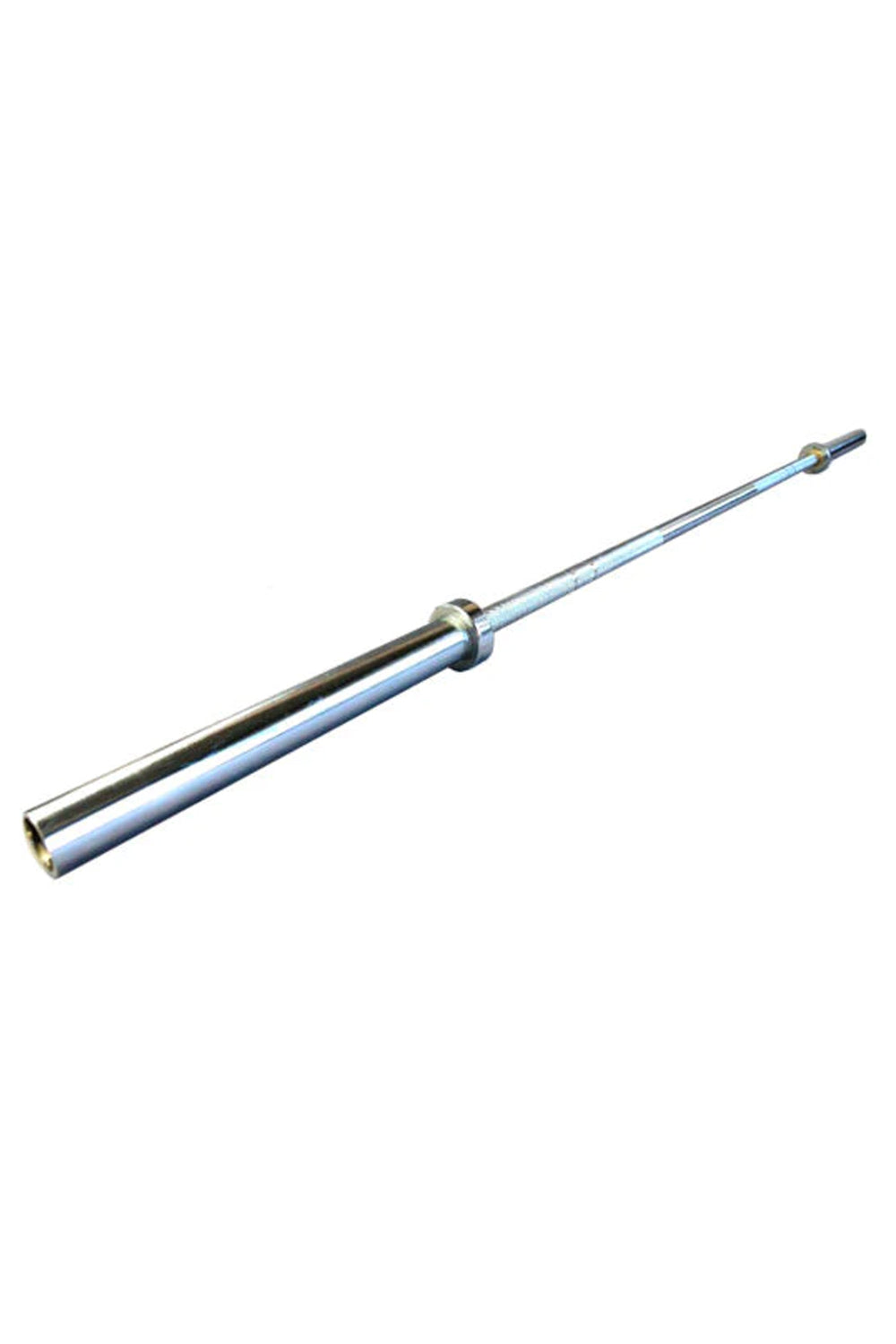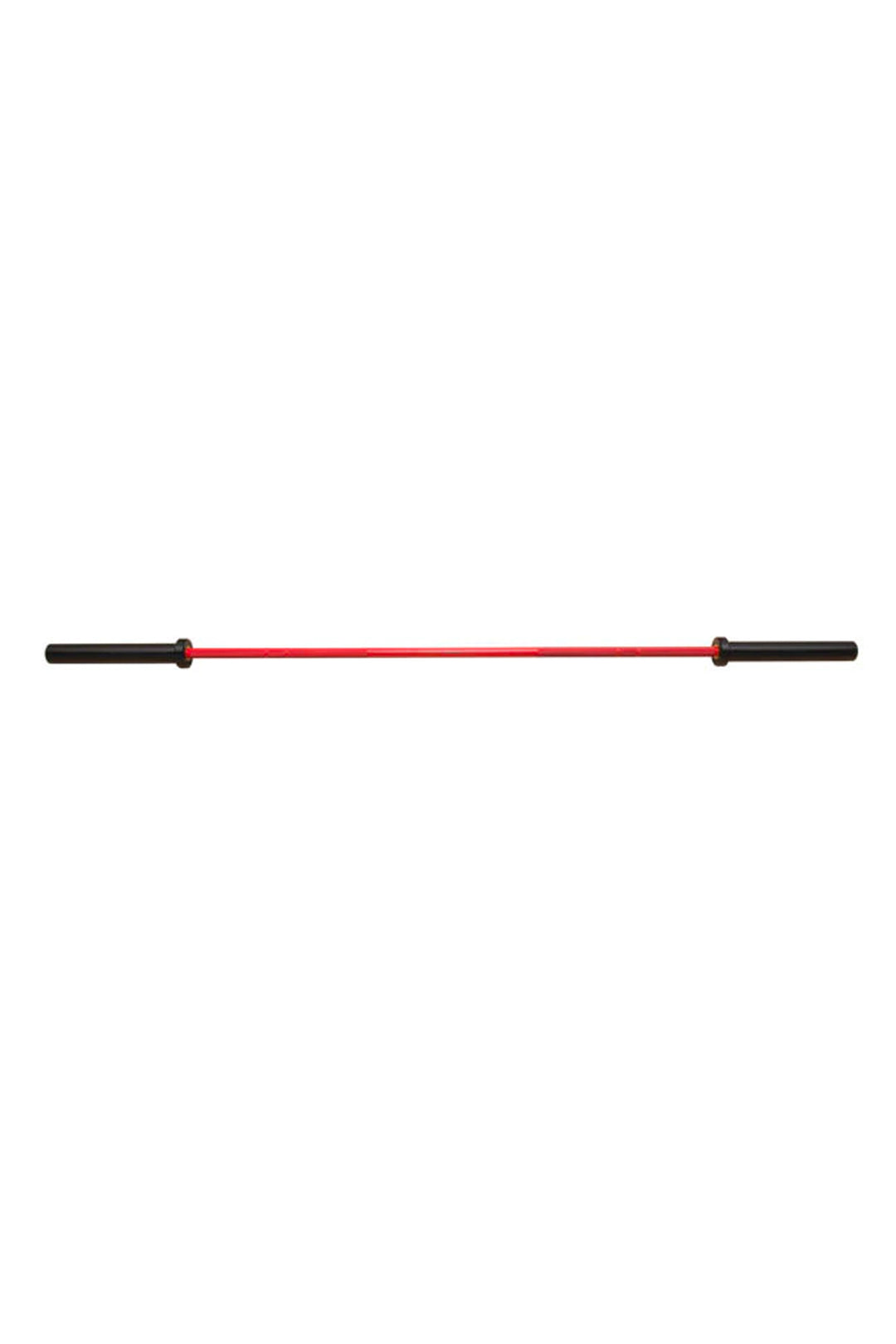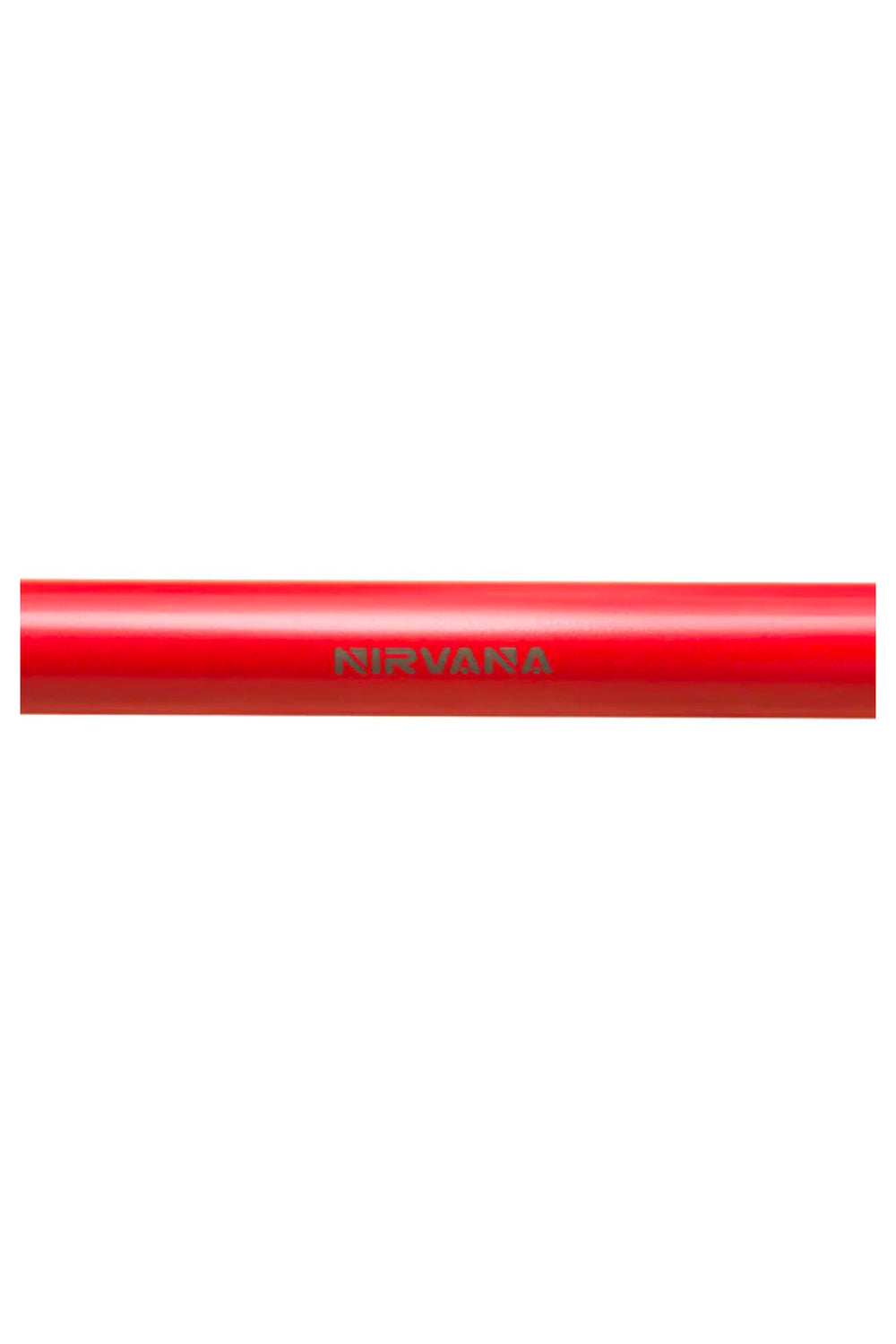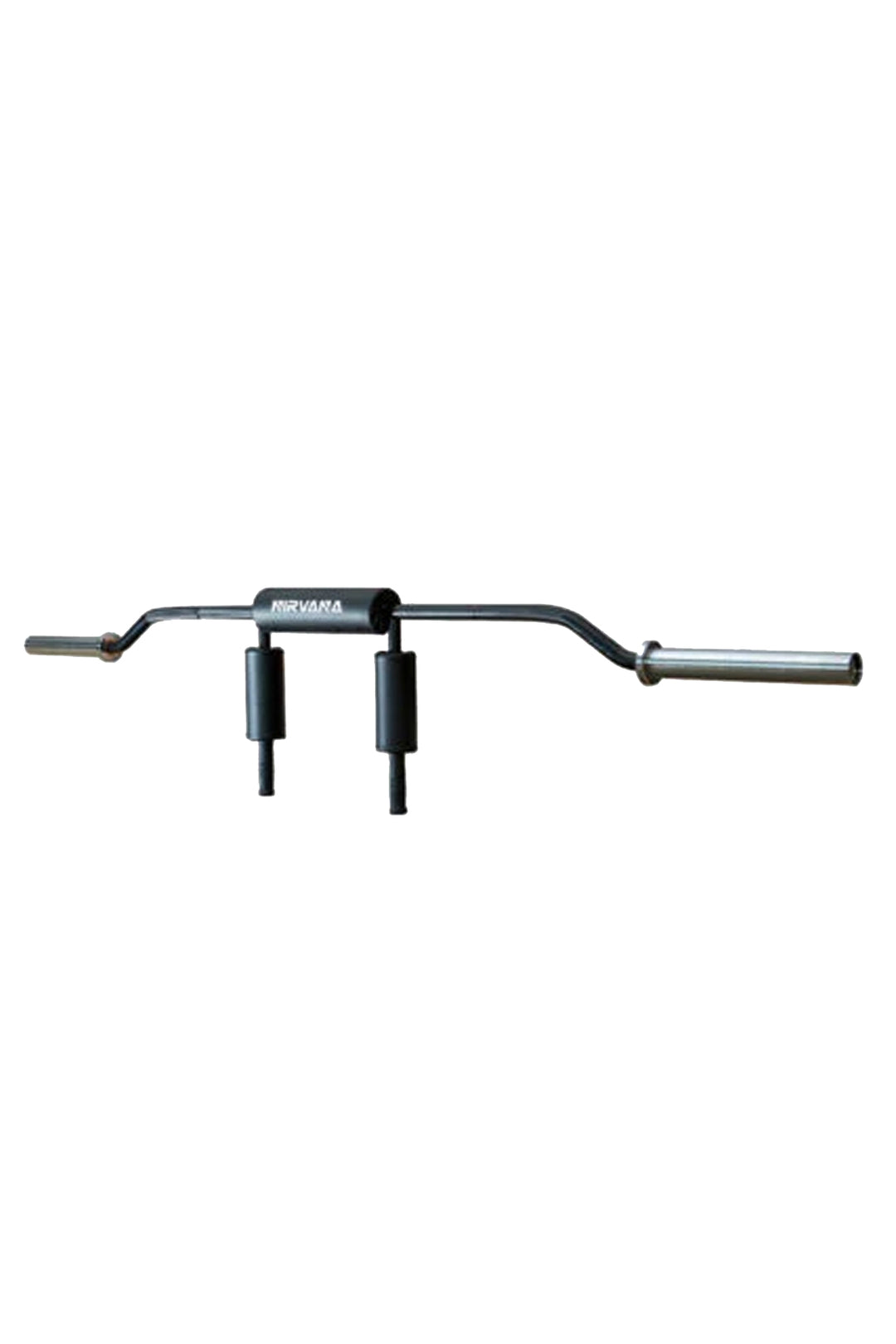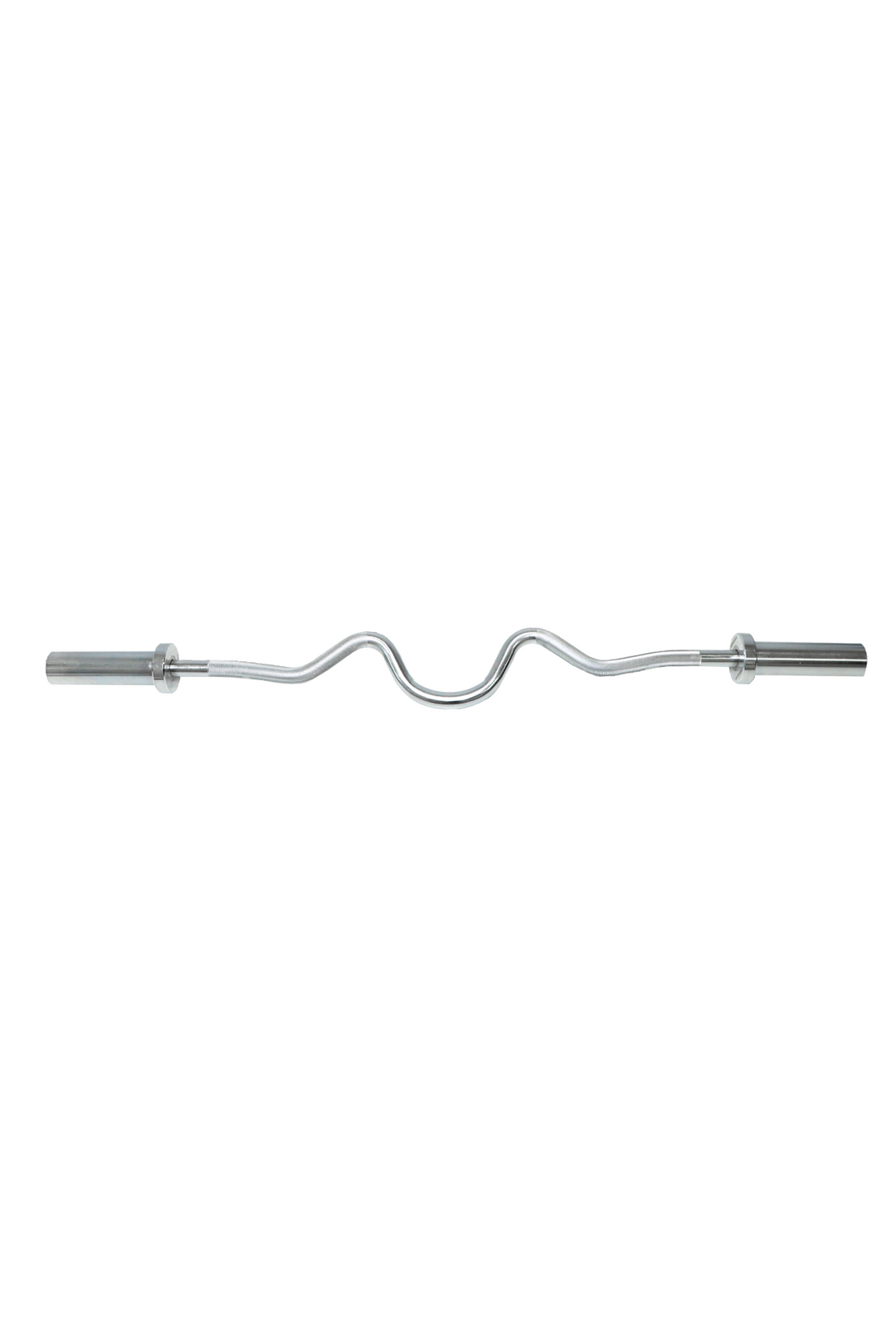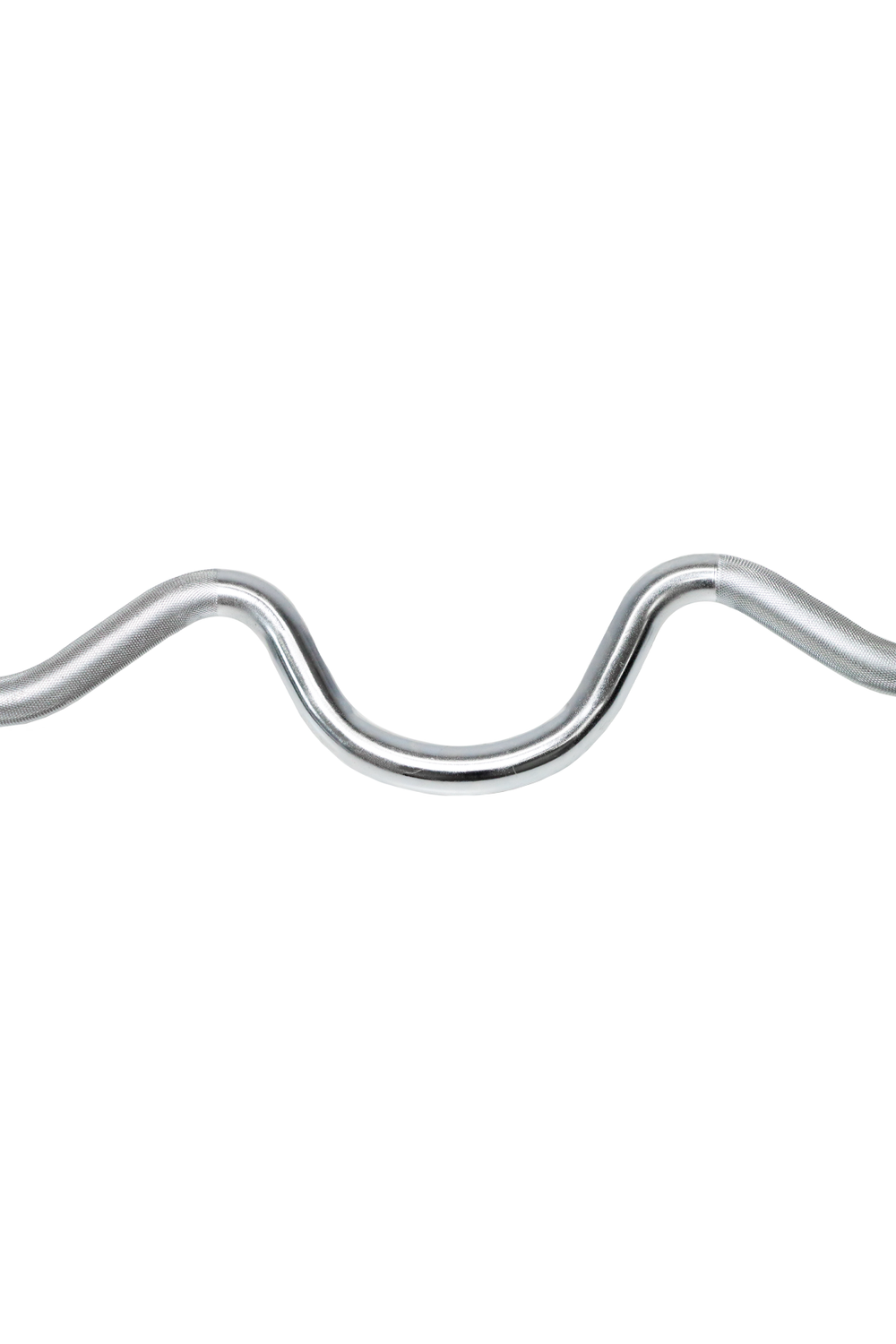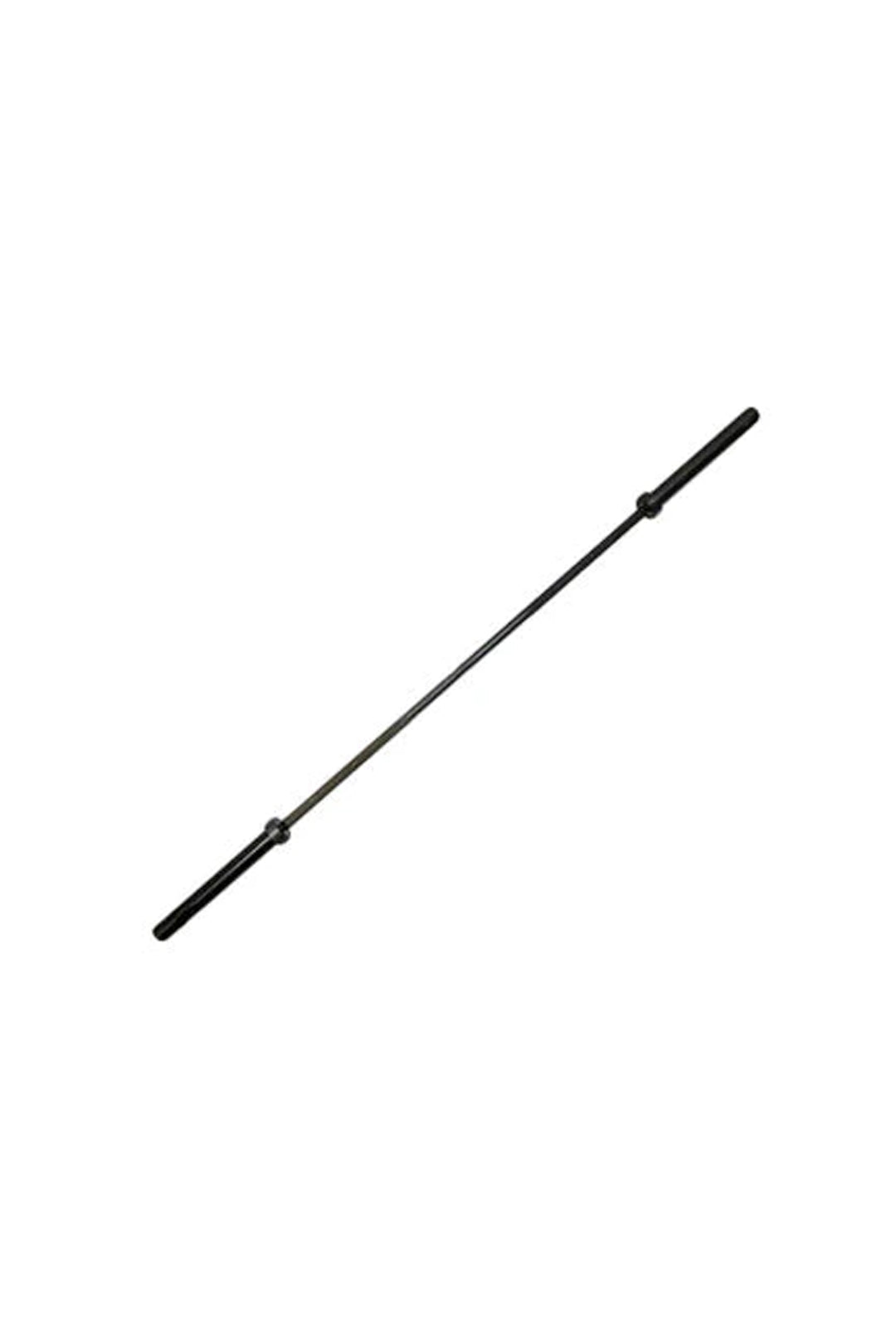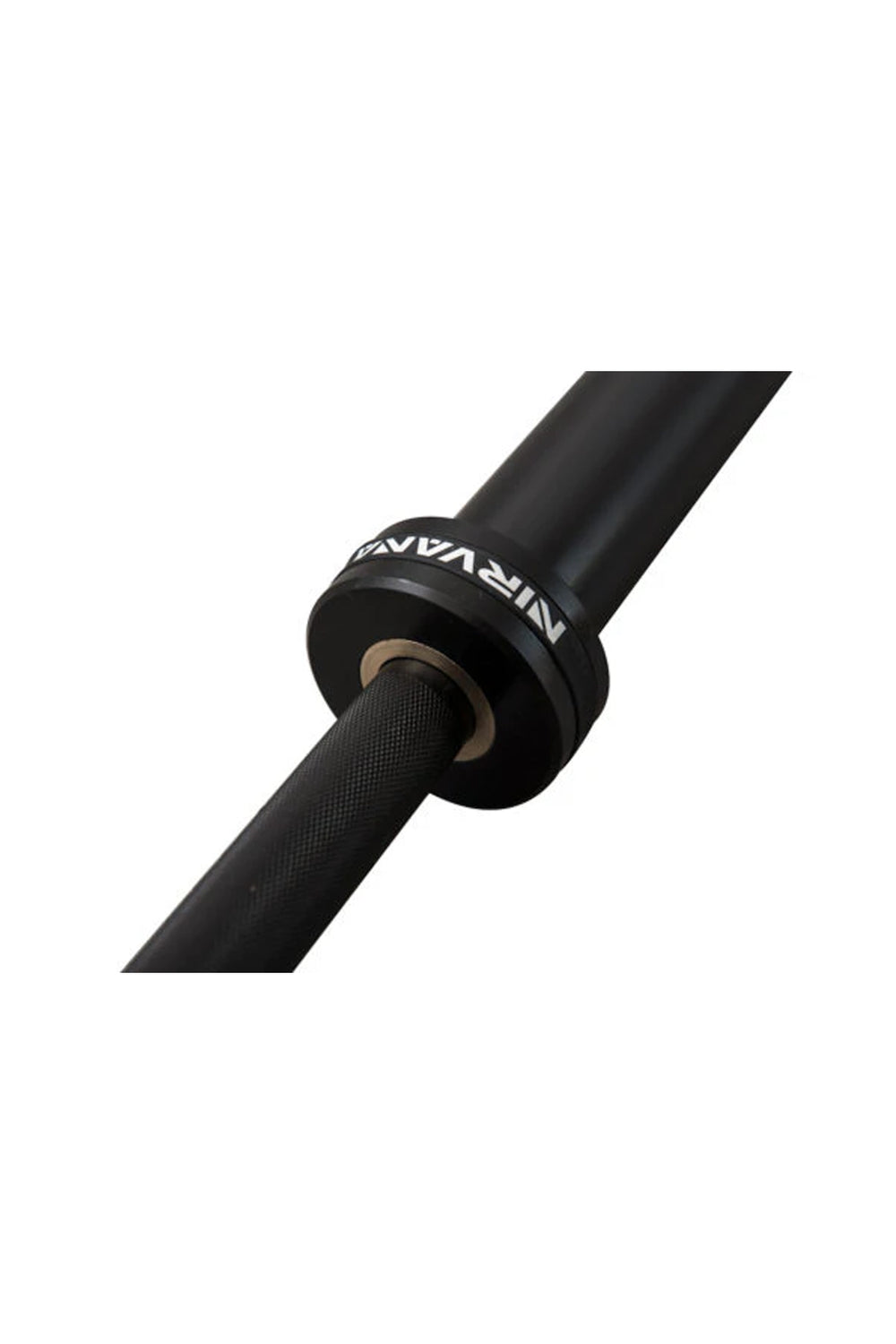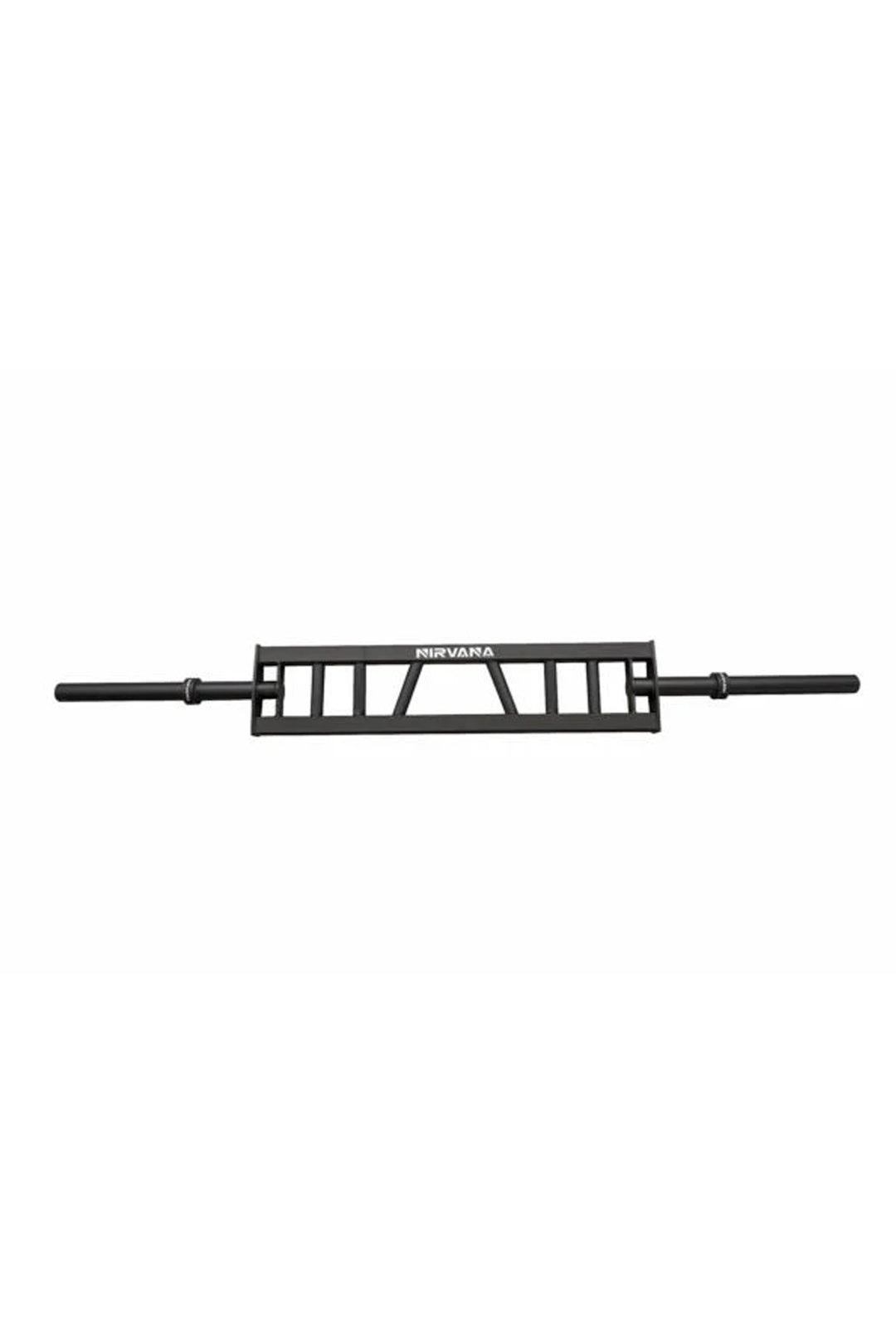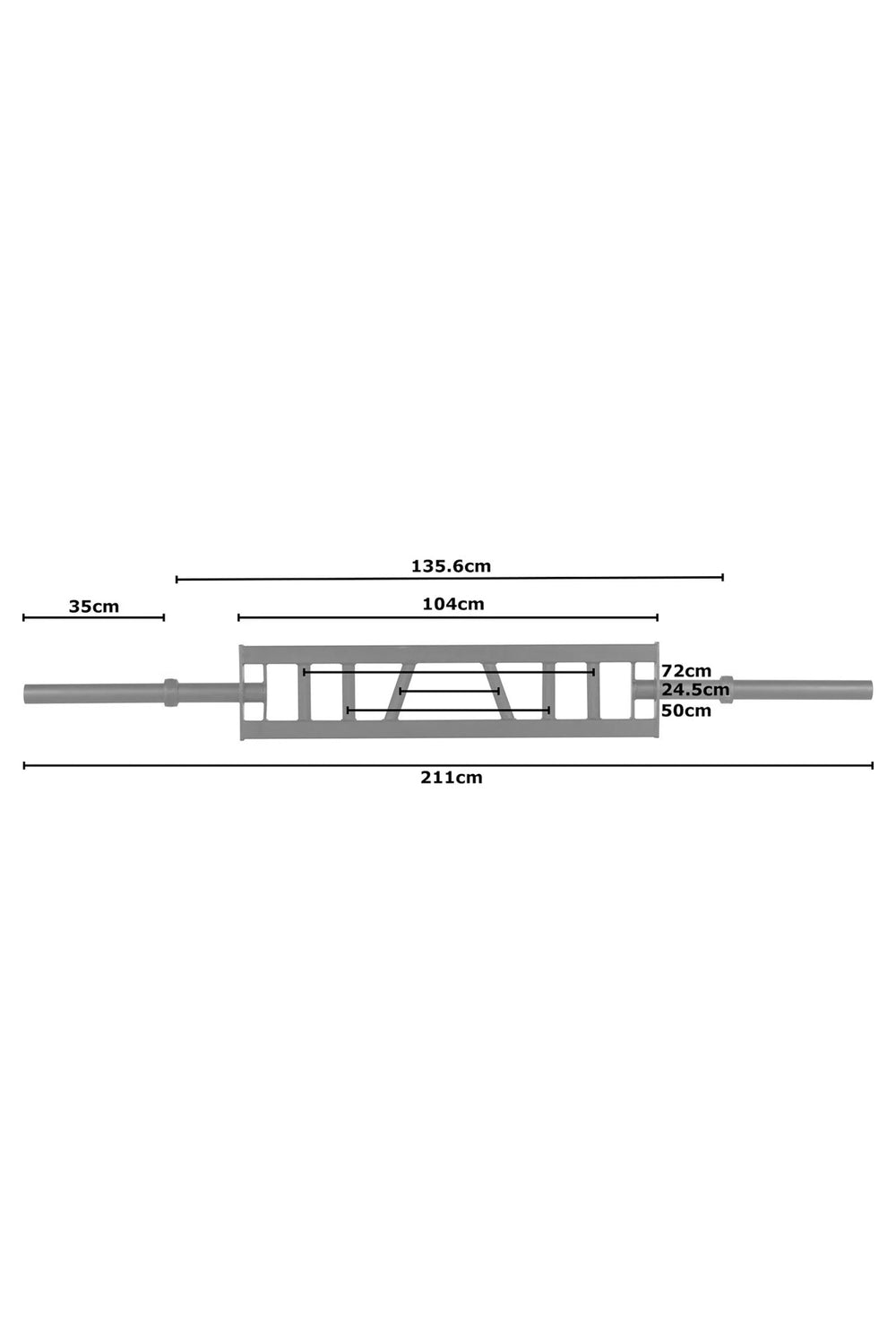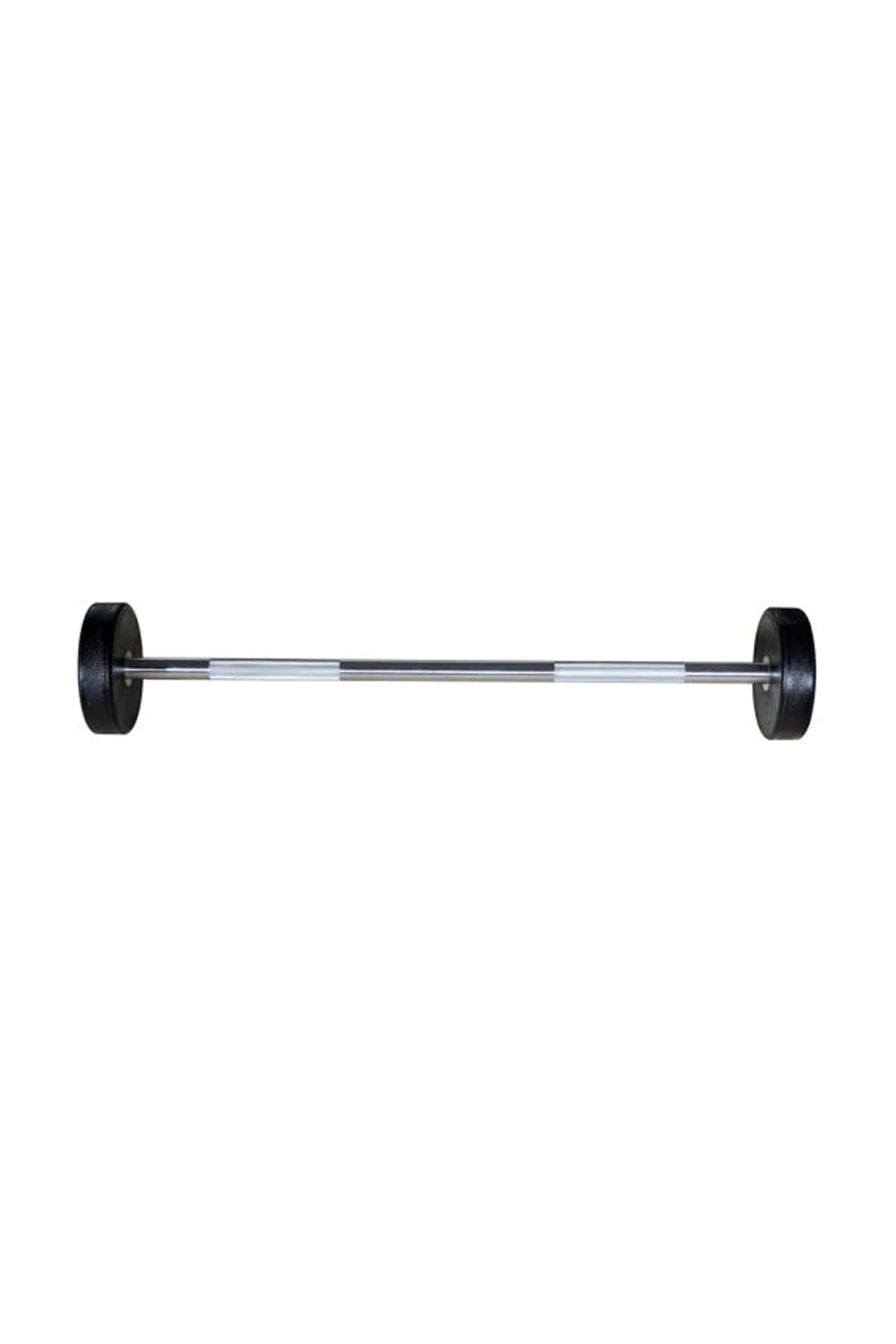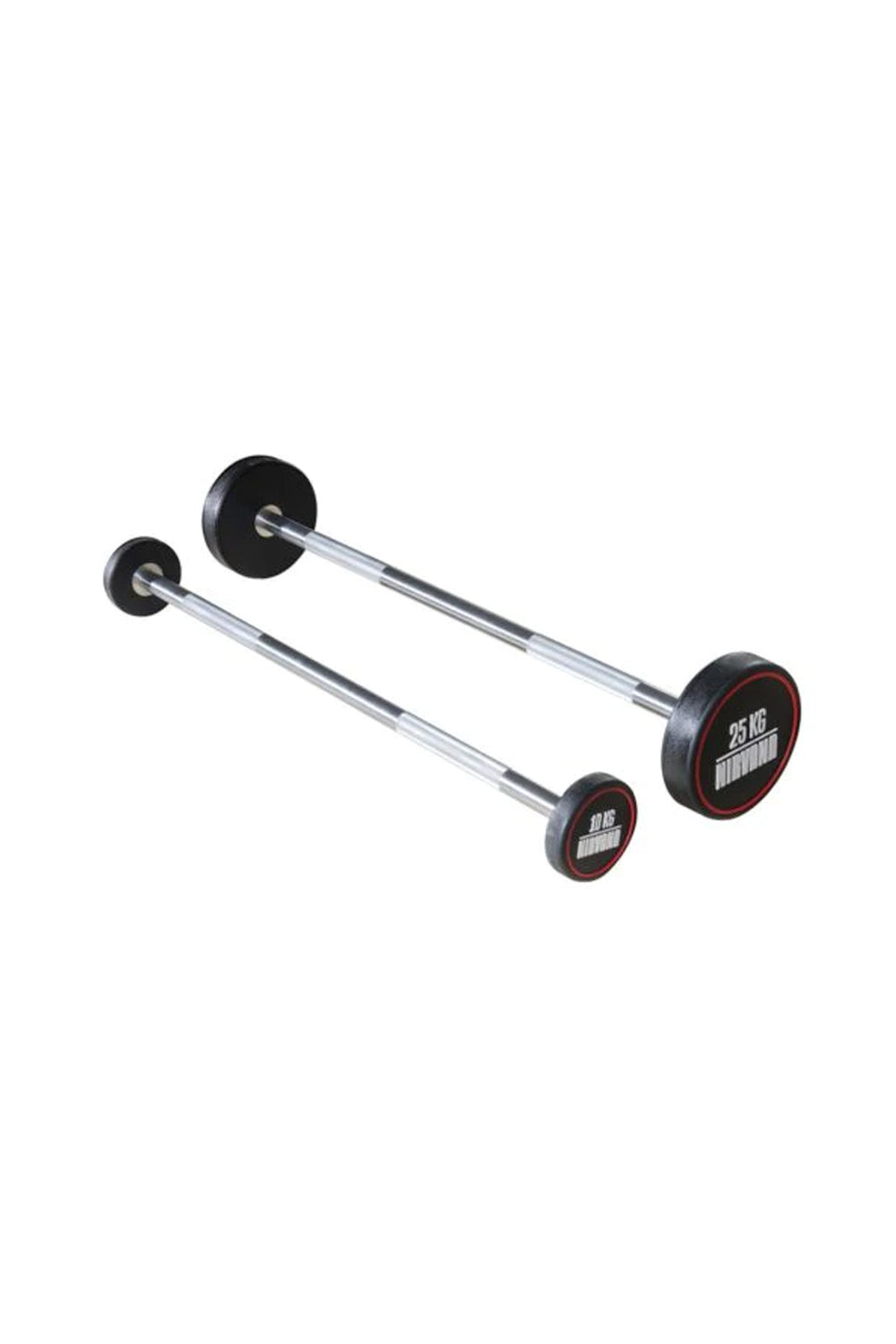Olympic barbells are crafted to make lifting, squatting, pressing, and curling a safer, more comfortable experience.
New to strength training? Buying an Olympic bar at the start of your journey gives you more freedom as you progress. Compared to standard bars, Olympic barbells are longer and more flexible. As your strength increases and you can lift more, you have the space for more plates and a bar that can cope with the extra strain. Find a high-quality barbell you love from our range and it’ll become a central part of your gym equipment, traveling with you from lightweight through to your ultimate, PB weightlifting goal.
Our Olympic barbells come in a range of weights and lengths. This gives you greater choice to choose a bar that suits your weightlifting needs. For example, Olympic hammer bars are ideal for biceps and triceps workouts, while longer, 7ft Olympic barbells are your go-to when working towards the perfect deadlift. You’ll also notice all of our Olympic barbells have smooth, loadable sleeves to aid plate rotation during the lift, and centre knurling for a solid grip on selected bars.
If you’re looking for more than just an Olympic barbell, we also have barbell and weights packages so you can buy everything you need together and won’t need to consistently be buying new weights.
If you need some help choosing the right barbell for your goals click here for our Barbell Buyer's Bible. Or, if you have questions or want more information, feel free to contact us.
What is an Olympic Barbell?
An Olympic barbell is a heavyweight barbell designed specifically for the demands of Olympic weightlifting sports like snatch and clean & jerk. They are typically longer (between 1.8 and 2 meters) and heavier (around 15-20kg) than standard barbells, allowing them to handle significantly more weight (often exceeding 2000lbs!).
Key features of Olympic barbells include:
- Thicker diameter: Offers a more secure grip for heavier lifts.
- Knurled grip: Improves grip and control.
- Rotating sleeves: Helps plates spin freely during dynamic lifts, reducing stress on your wrists.
- Higher quality steel: Ensures durability and safety for advanced weightlifting.
Olympic Barbell vs Standard Barbell
While both barbells serve a purpose, they cater to different needs. Here's a quick comparison to help you decide which one is right for you:
Size and Weight: Olympic barbells are the bigger and stronger option. They typically measure 1.8-2 meters in length and weigh around 15-20kg, while standard barbells are shorter and lighter, coming in at 5-6 feet and around 8kg.
Weight Capacity: This is where the Olympic barbell truly shines. Its superior construction allows it to handle much heavier weights, often exceeding 2000lbs. Standard barbells, on the other hand, are typically limited to 100-150kg.
Features: Olympic barbells boast several features that enhance performance and safety. These include rotating sleeves that allow the plates to spin freely during lifts, a knurled grip for better control, and high-quality steel for maximum durability. Standard barbells may or may not have knurling and are often made from lower grade steel.
Use: Olympic barbells are ideal for Olympic weightlifting exercises like snatches and clean & jerks and powerlifting for those who lift very heavy weights. Standard barbells are more versatile for general weight training exercises that don't require massive weight loads.
Equip Yourself With World Fitness Australia
Take your training to the next level and conquer your fitness goals with World Fitness Australia's top-quality Olympic barbells!
Whether you're a seasoned weightlifter or just starting your strength training journey, we have the perfect Olympic barbell set to meet your needs. Our Olympic barbells are built with the highest quality materials and designed for maximum performance and safety. Shop our range of Olympic barbells and accessories such as weighted barbells/dumbbells, barbell storage, barbell attachments, bumper plates, and rubber weights today and experience the World Fitness difference!
Olympic Barbells FAQs
Olympic barbells are longer and heavier than regular barbells. Olympic barbells are popular in gyms and with weightlifters because they can hold more weight and are more durable than the standard barbells.
Traditionally Olympic bars weigh 20kgs, but lighter and smaller bar options are available for beginners.
An Olympic barbell accommodates a wide range of exercises, including foundational strength movements like squats, deadlifts, and bench presses, as well as explosive Olympic lifts such as snatches and cleans. Additionally, it can be used for accessory exercises like bicep curls, tricep extensions, lunges, and calf raises, offering comprehensive strength and conditioning options.
Olympic barbells are highly durable, capable of withstanding heavy loads and intense workouts over time. They offer versatility, adhering to standardised dimensions and weight specifications, promoting consistency in training and competition settings, while the knurling on the bar enhances grip, reducing the risk of slippage and improving overall safety and performance.
To maintain your Olympic barbell, brush the knurling to remove dirt and chalk buildup, then wipe it down with a cloth dampened with mild soap and water. Regular maintenance, including removing excess chalk and sweat after each use, helps prevent rust and corrosion, prolonging the lifespan of the equipment.
Needle bearings are small cylindrical rollers housed within the sleeve of the barbell, facilitating smooth rotation during Olympic lifts like snatches and cleans. They minimise friction, enhance spin, and contribute to the barbell's longevity by reducing wear and tear on the sleeves, ensuring consistent performance over time.
Knurling refers to the textured pattern of raised ridges on the barbell shaft, providing traction and enhancing grip during lifts. The intensity of knurling can vary, catering to individual preferences for grip aggressiveness, ultimately promoting safety and optimising performance during weightlifting sessions.

